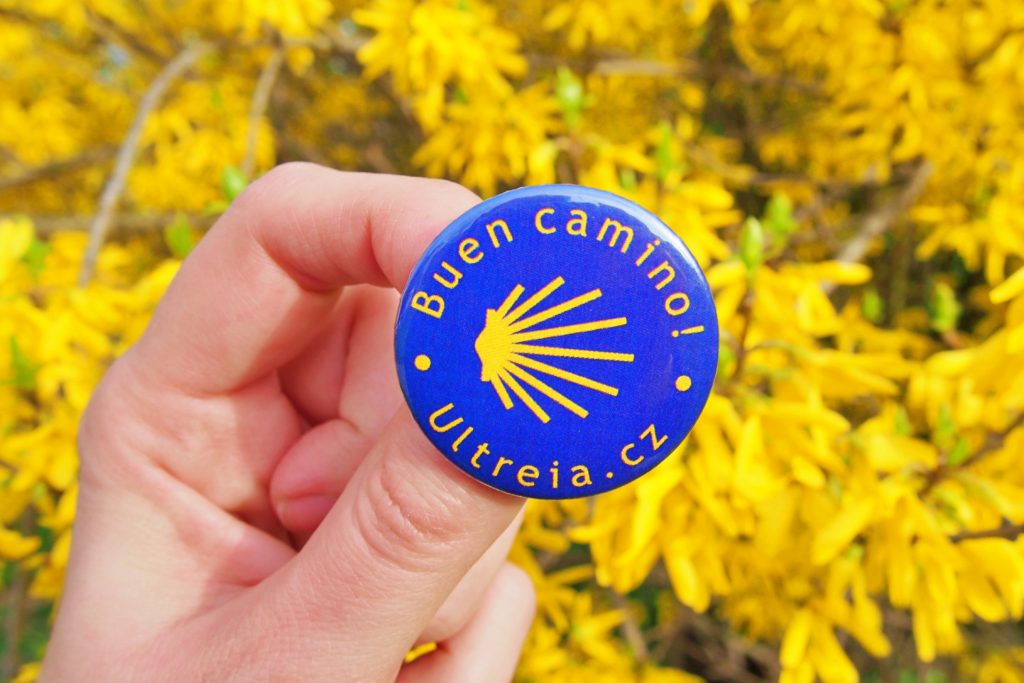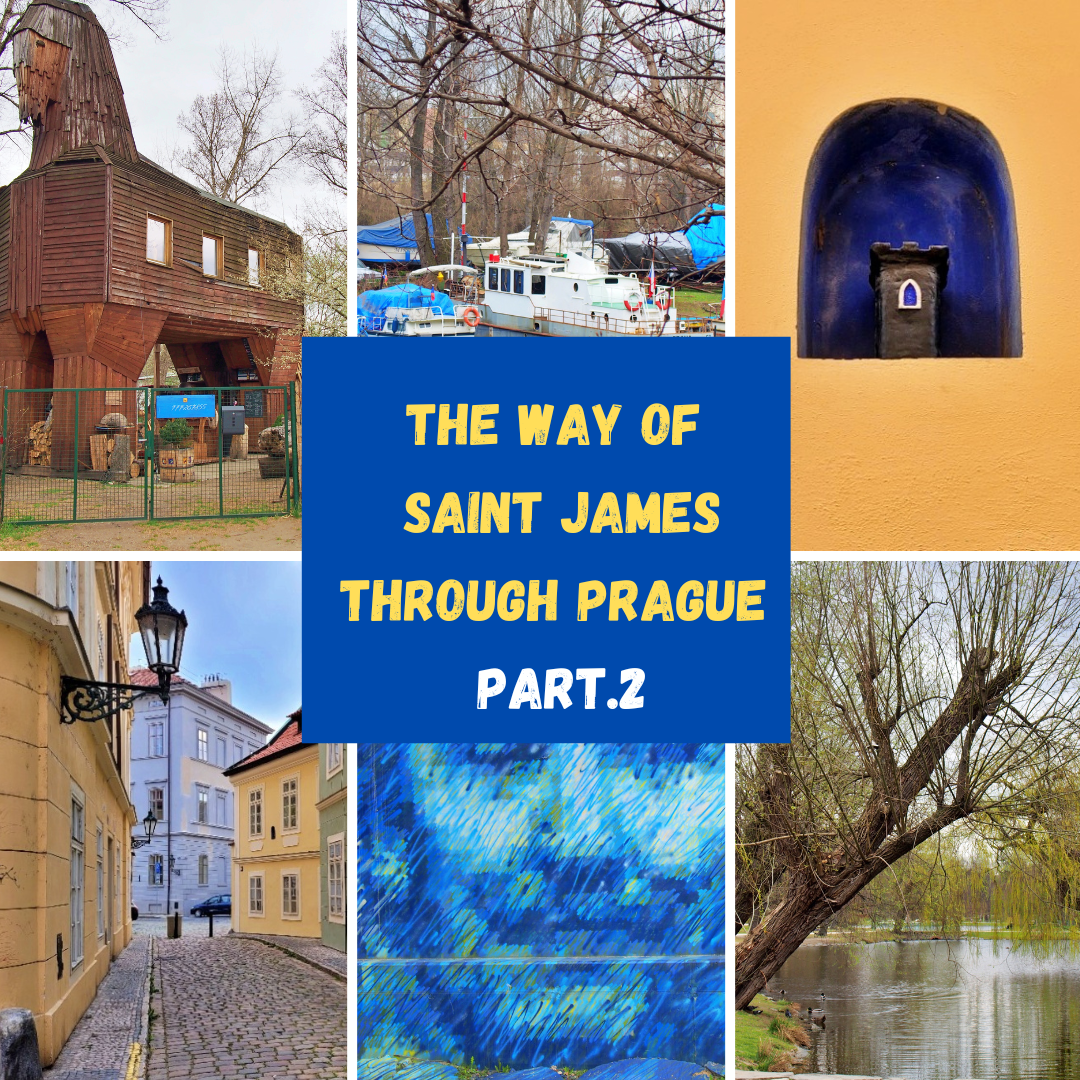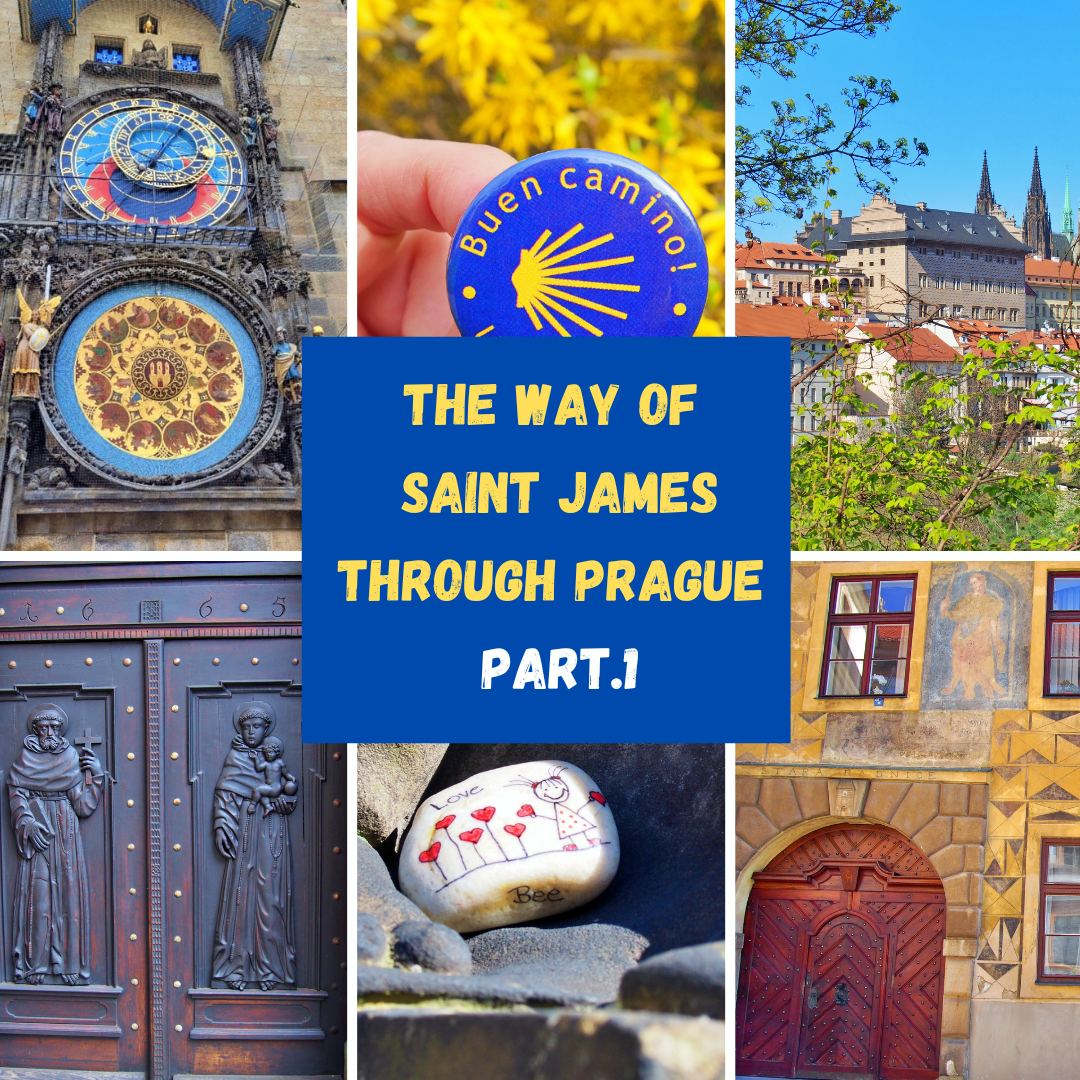
You may be among those who think that they would like to go on the Way of St. James, but still do not know where to go. And what started from your house? I decided to start my journey nicely in Prague, where I live. You may not know it, but the Way of St. James also leads through Prague. It’s not marked with a shell, but it doesn’t matter at all.
Route: Church of St. Wenceslas in Prosek – Old settlement Prosek – Jatelka – Flajšnerka – Podviní Park – Libeň Castle – Troja – Stromovka – Letná – St. Agnes Monastery – Hastal Square- Church of St. James the Greater (however, the journey does not end here and you will go on another ongoing journey with me in the next article)
CHURCH OF ST. WENCESLAV IN PROSEK
The Way of St. James in Prague begins with the Church of St. Wenceslas in Prosek. And because I live in Prague 9, I just had to walk up the Prosec hill. The church was founded by Prince Boleslav II. in 970. According to legend, the prince traveled here with his companions from Stará Boleslav. Fatigue overcame him here and he fell asleep. In the dream, his uncle Václav appeared to him, who ordered him to build a church on this site. Boleslav complied with the wishes of his murdered uncle and dedicated the building to his memory. It was allegedly the first church dedicated to this saint.
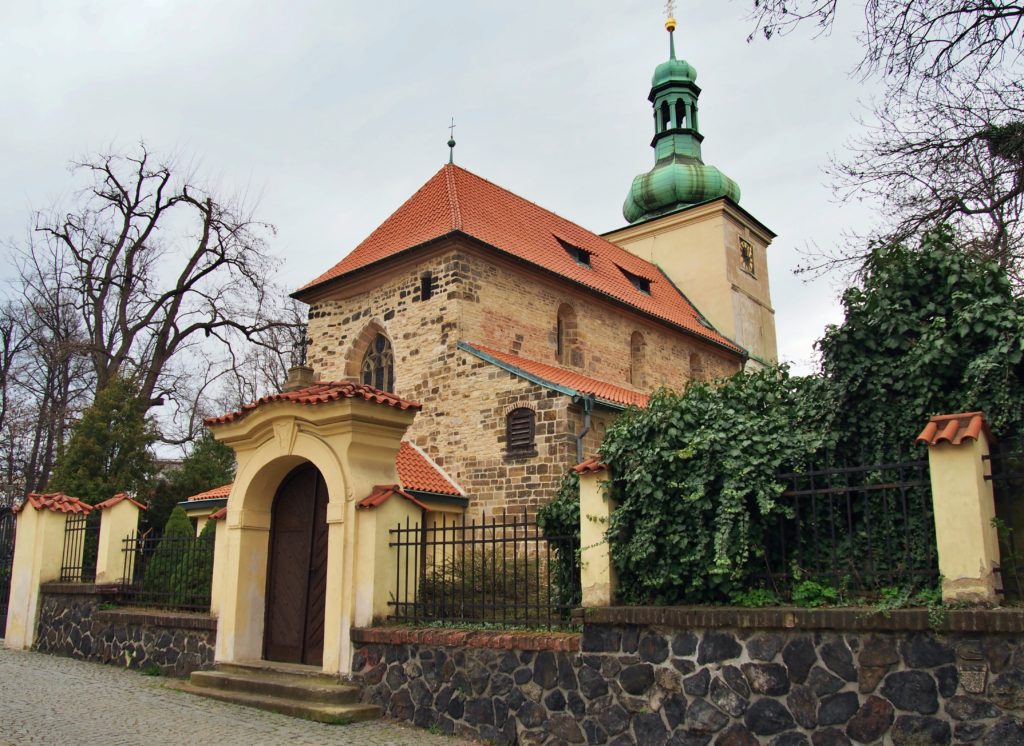
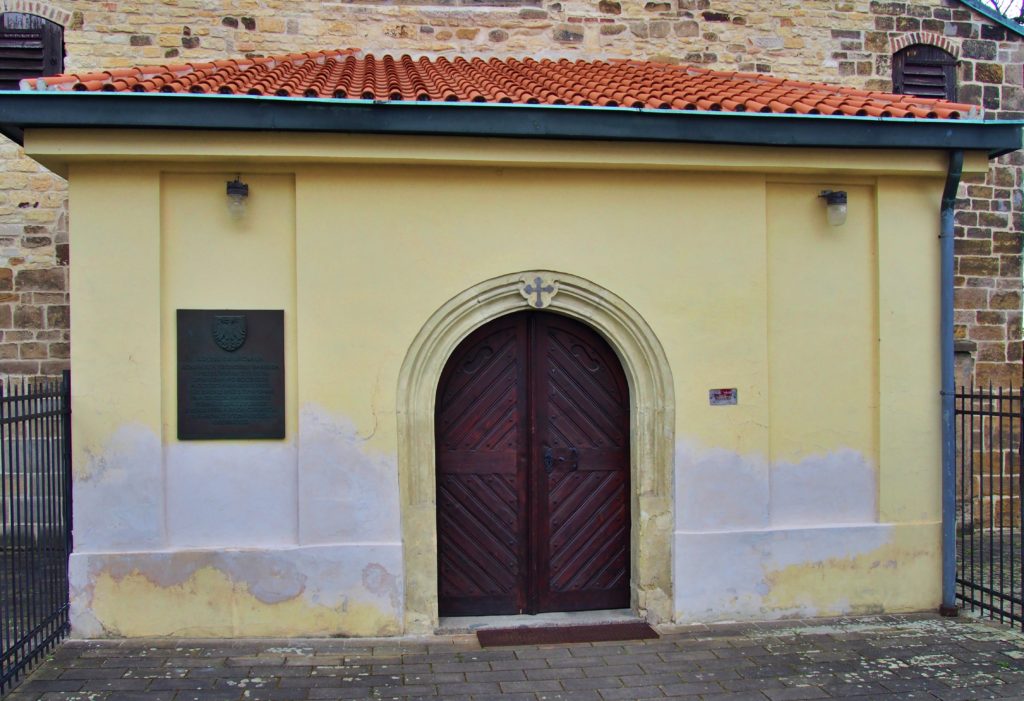
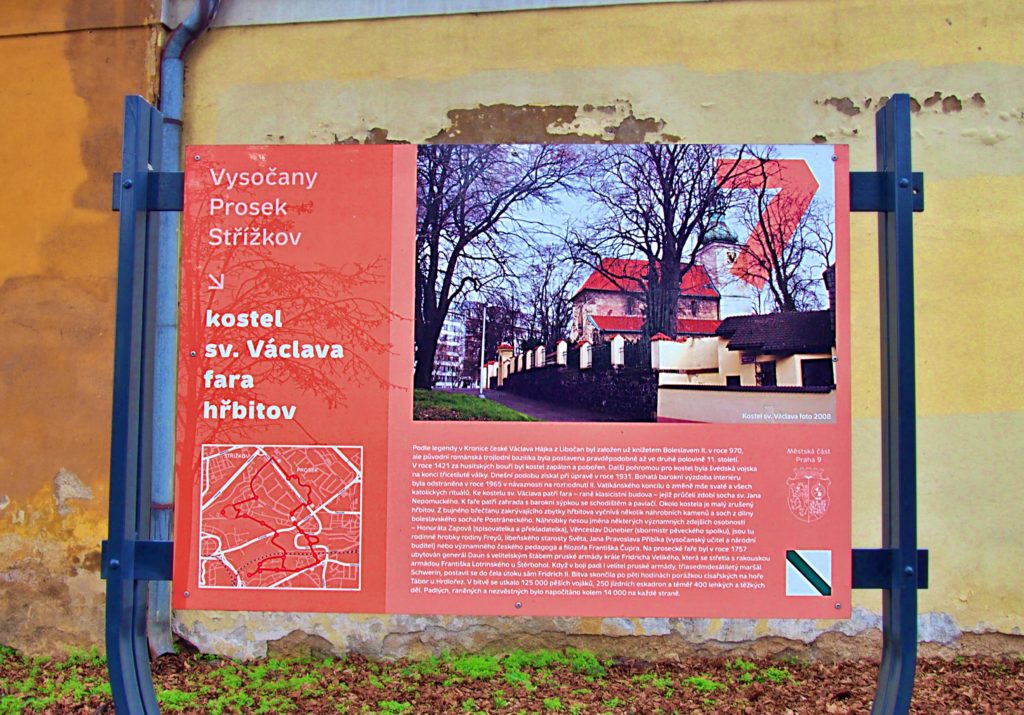
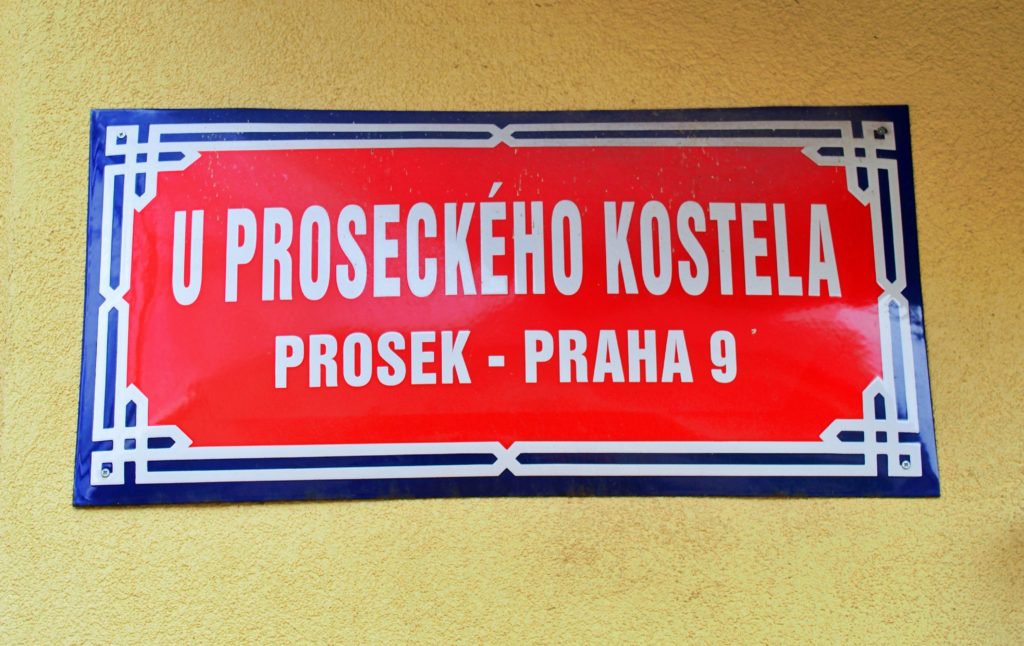
OLD SETTLEMENT PROSEK
From the church you can walk nicely through the old settlement Prosek, which existed here in the 12th century. There used to be vineyards here. The existence of a wine column testifies to their existence. The original column from the first half of the 17th century stood on the border between Prosek and Libeň by the road above the Michálka vineyard. Today there is a replica on the square, around which you will get towards Prosecká street. You will cross here and go downhill nicely around the vineyards of Jetelka and Kelerka.

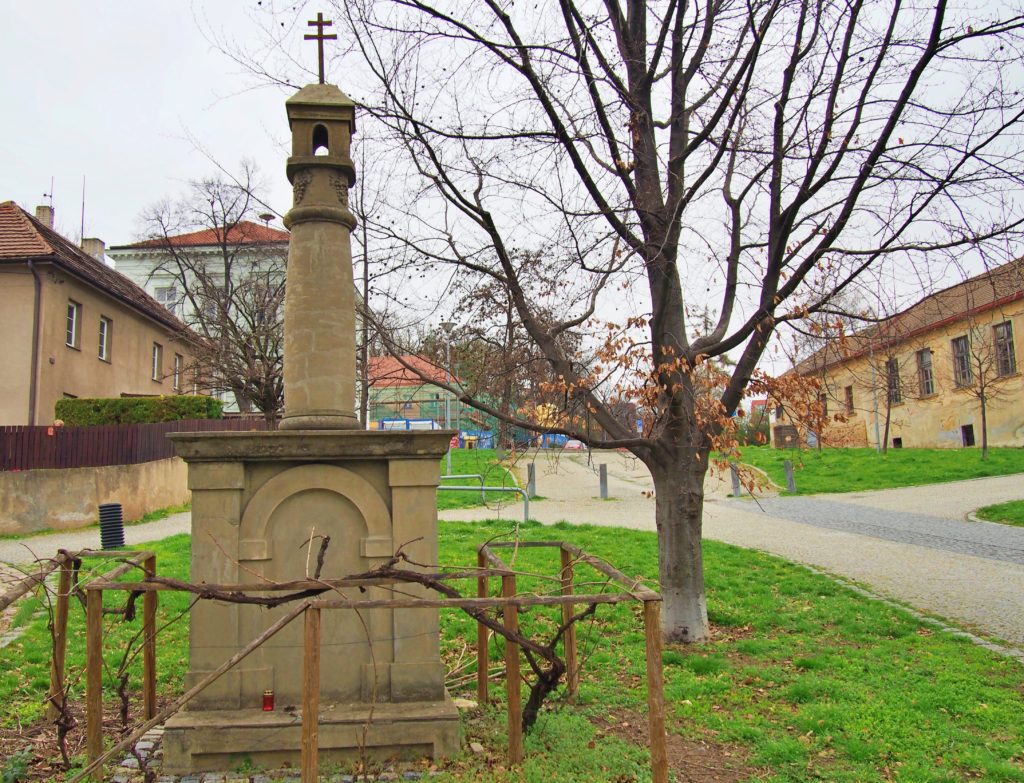

JETELKA
From the hill down you will walk around the pond, which was important for the settlement. For many centuries, the only source of water for Prosek was built on a plateau. This was used by two retired soldiers who served in the Alps, where water was transported to the mountains by donkeys.
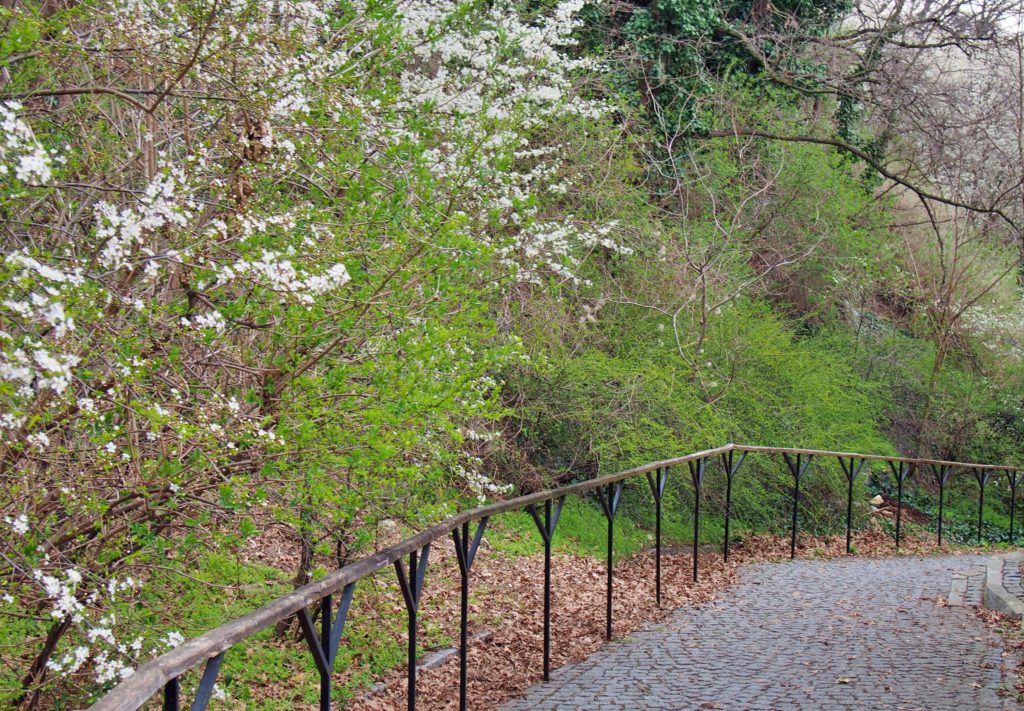
They established the same practice and supplied water from the pond to cottages, courtyards and also the parish with donkeys. Because they were baptized with this water, it was said that the inhabitants of Prosek were baptized with donkeys.

FLAJŠNERKA
The road leads down the park towards the Vysočany railway station. In the 19th century, the village of Vysočany consisted of several farmsteads, which were relatively far apart. People here lived an almost self-sufficient life. In 1965, during the construction of the flyover from Vysočany to Prosek, most of the buildings were demolished, only the main Neo-Renaissance villa, the wine cellar, the dwellings of the steward and the stables were preserved. You will walk through the tunnel under the tracks and go to Podviní Park.
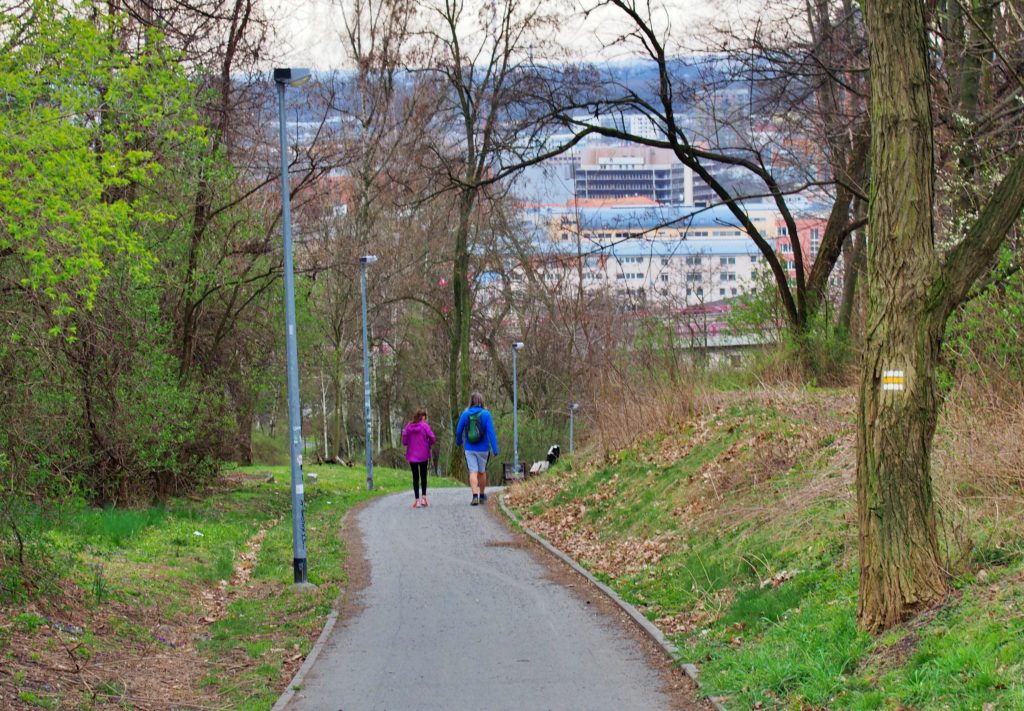
PARK PODVINÍ
Podviní Park is the pride of Libeň and Vysočany, covering an area of only four hectares. The central point of the park is a Celtic fortified settlement in the shape of a lizard’s back with corridors, a tunnel and a view over Dragon Lake. The park has a nice recreation area, the Rokytka stream flows through it. Rokytka has been the only source of water for local wine and agriculture farms for centuries. Along the stream you will go in the direction of the flow to the Vltava.
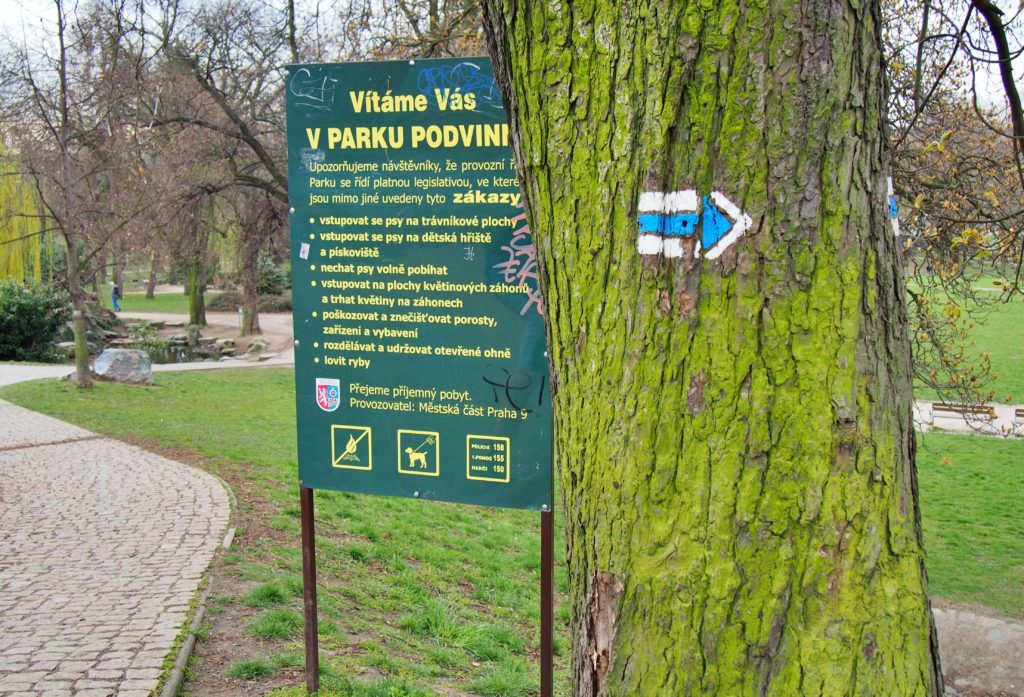
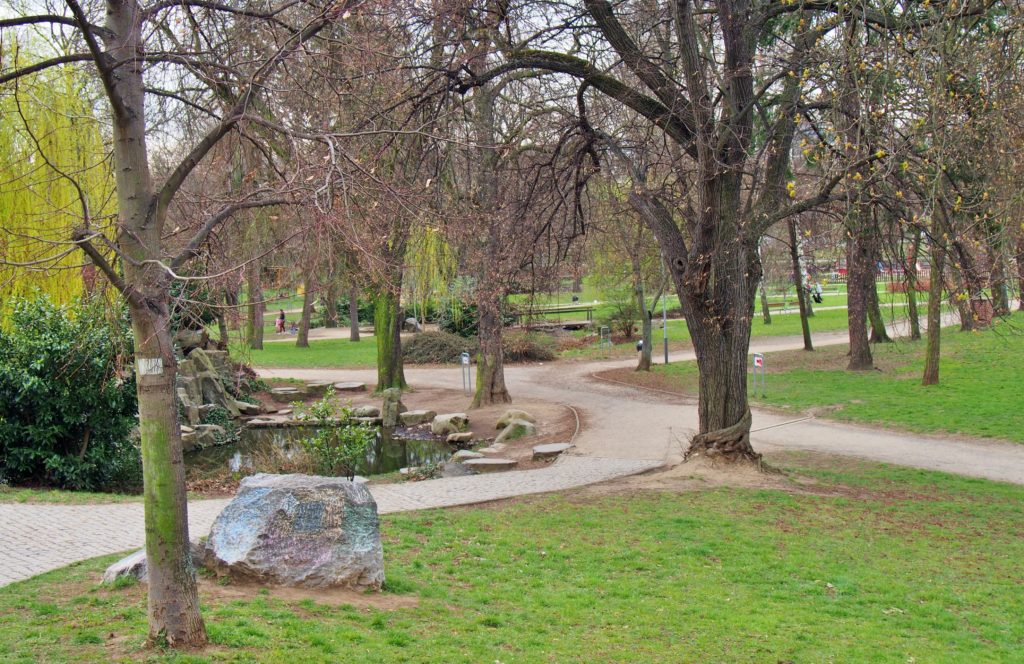
KOLČAVKA
Kolčavka is a vineyard homestead and the oldest surviving report about it dates back to the 18th century. At the beginning of the 19th century, the homestead was rebuilt into a magnificent summer house with an English park. Burgundy was grown in the vineyard and was said to be the best in the Prague area. Today, a private fire museum is installed in the Kolčavka part.
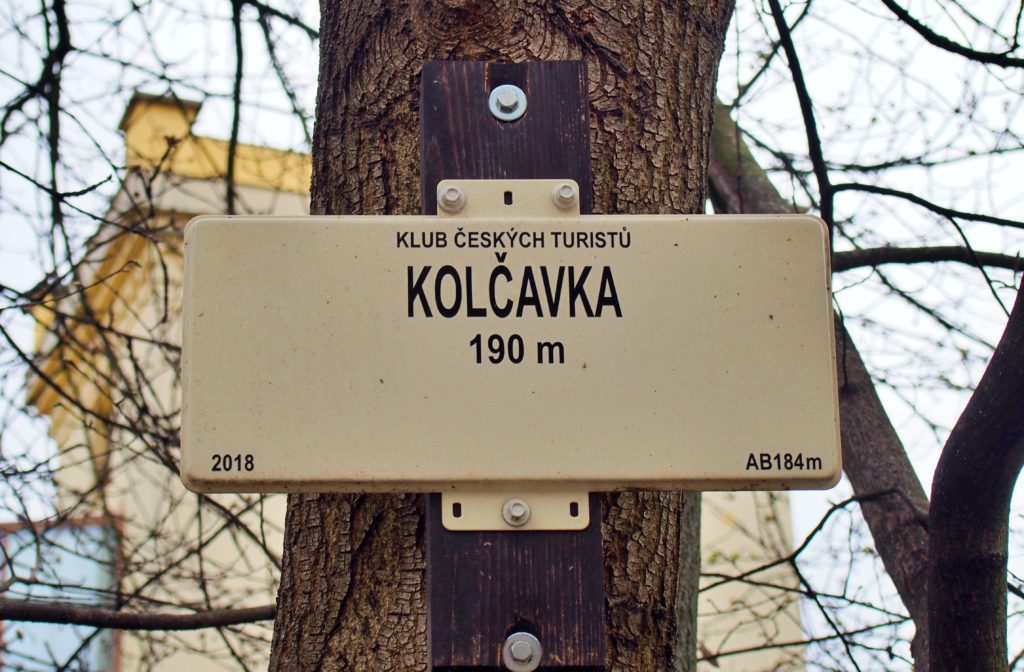
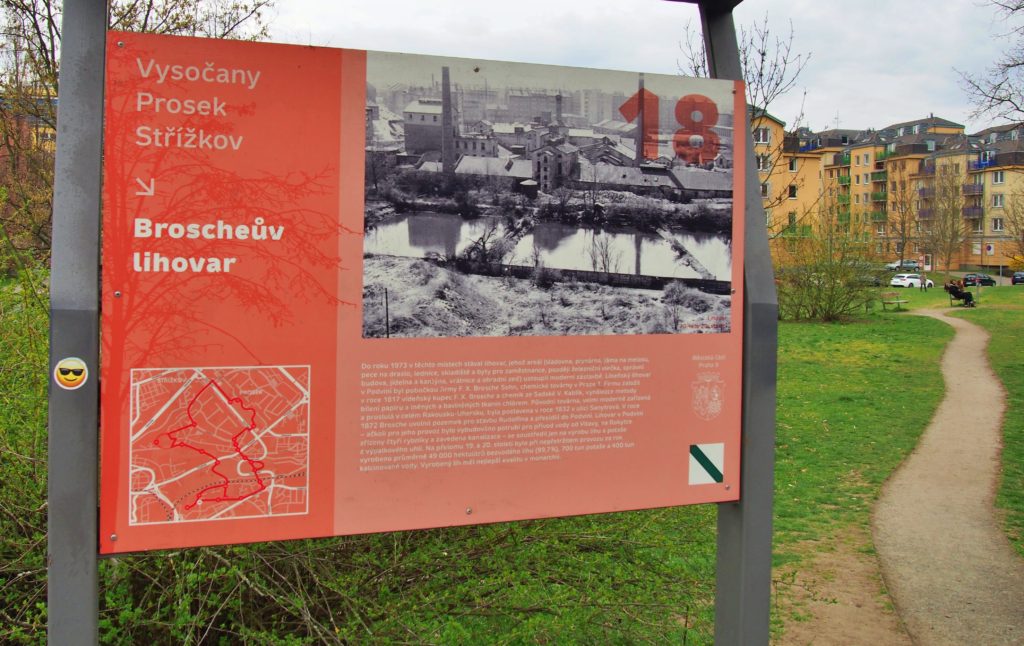
Near Kolčava, you will definitely notice the remains of a railway bridge over Rokytka from 1875.
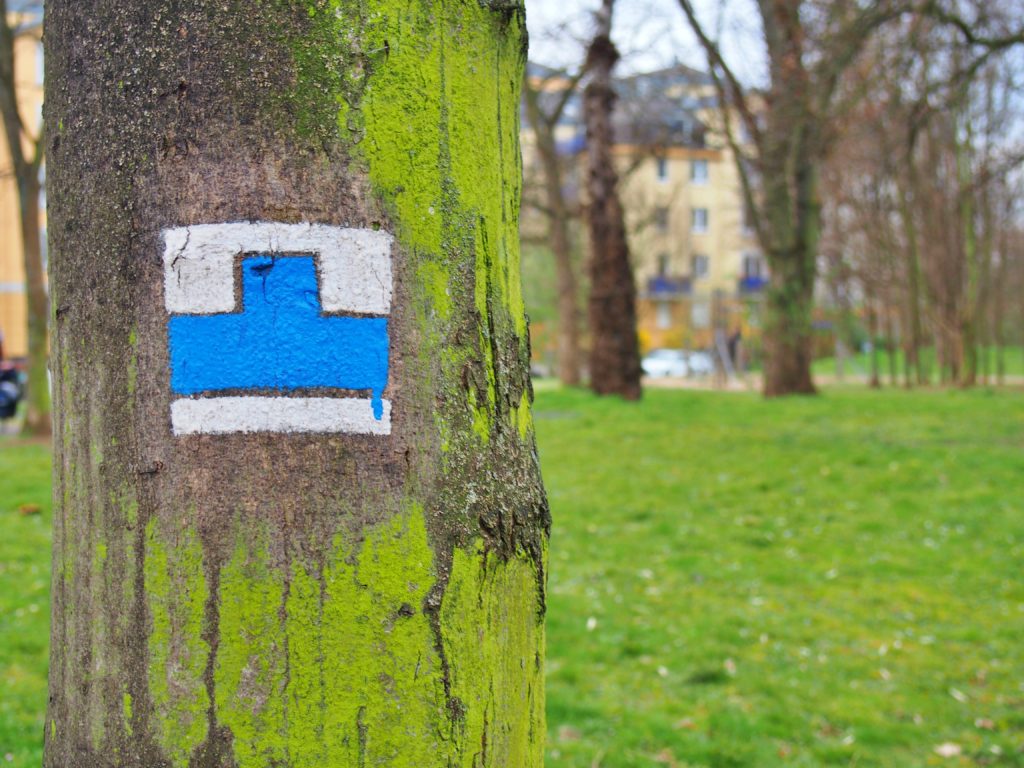

At the homestead, take the road to the cycle path and still walk along Rokytka to Libeň.

CHAPEL IN STEJSKALOVA STREET
The chapel dates from the 19th century. The chapel was created as a more modest and younger variation of the chapels of the pilgrimage route from Prague to Stará Boleslav outside its main route. The local people saved it from demolition when a new house was built on the site of the old house No. 16 called „U Svobodů“.
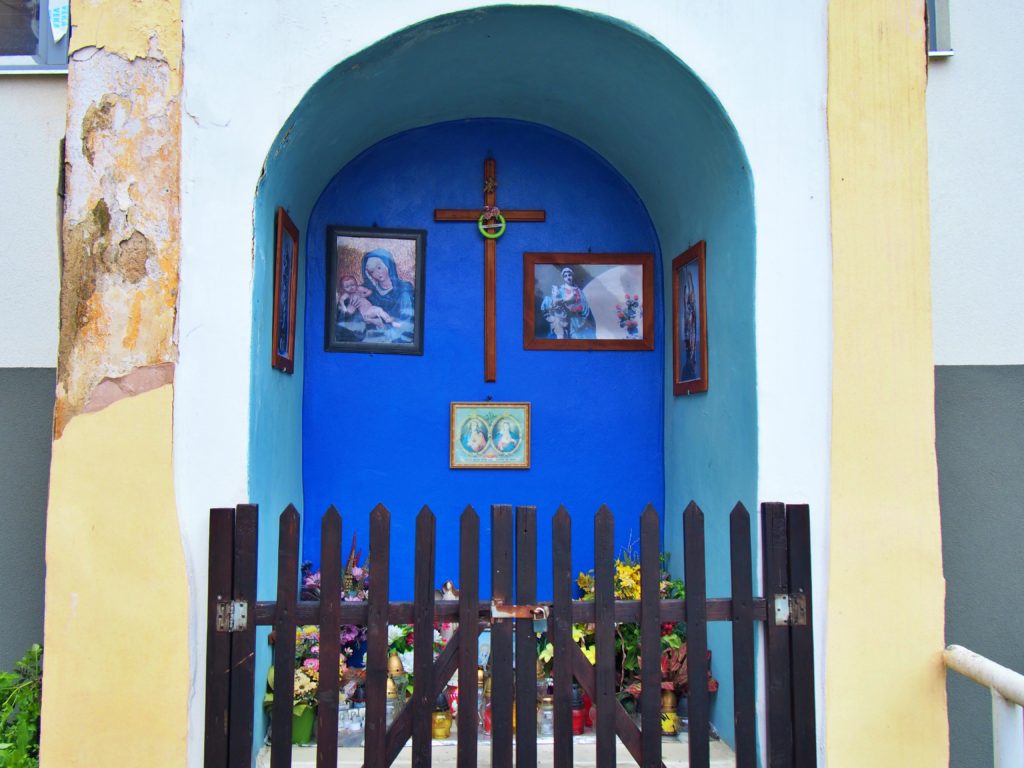
LIBEŇ CASTLE
The village of Libeň belongs to very old places. The first mention dates back to 1363. From the chapel you head to the Libeň Chateau. In 1608, a peace treaty was signed in Libeň Castle between Rudolf II. and his brother Matthias, known as the Peace of Libeň. And what was that peace? In fact, from the beginning of the 17th century, Rudolf II. they repeatedly showed signs of mental illness. He even attempted suicide. Tensions between the brothers increased. Rudolf II. he was forced to sign a treaty today known as the Peace of Libeň. In the treaty, Rudolf entrusted Matyáš with the government of Moravia, Hungary and Upper and Lower Austria, retaining only Bohemia, Lužice and Slezko in his area of influence, and promising him to succeed the Czech throne.
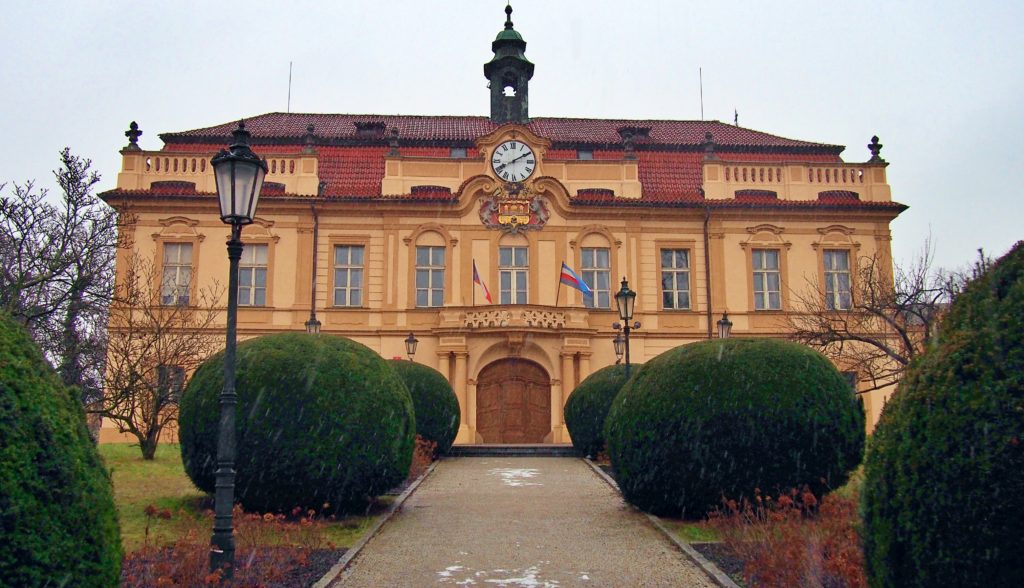
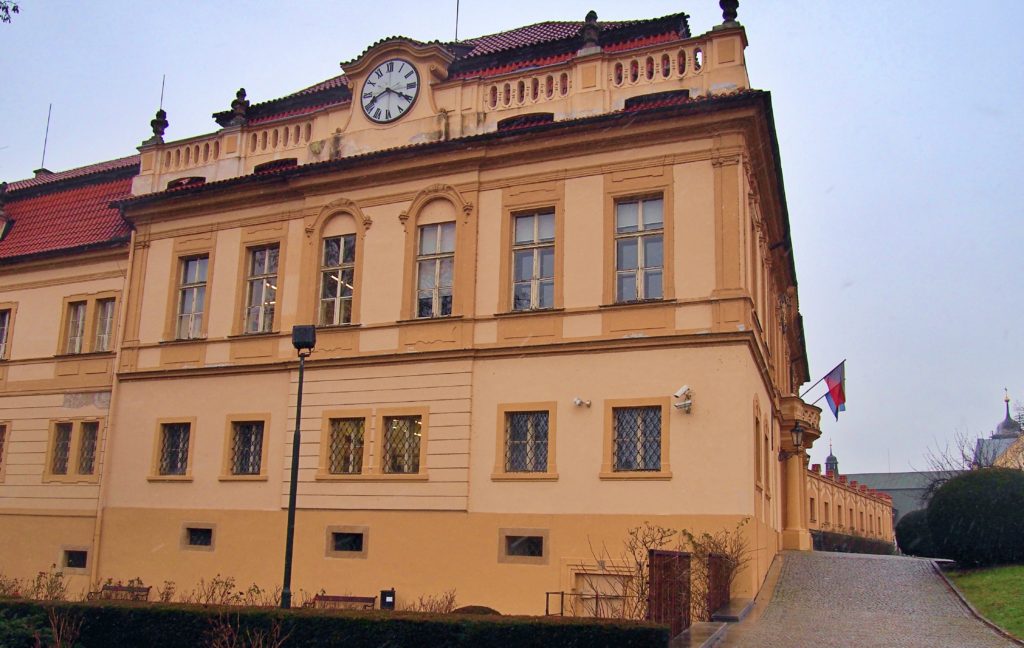
WALK ALONG THE RIVER
From the Libeň Bridge to the confluence of the Rokytka and the Vltava, you will continue along its bank to Troja. The walk is very pleasant.
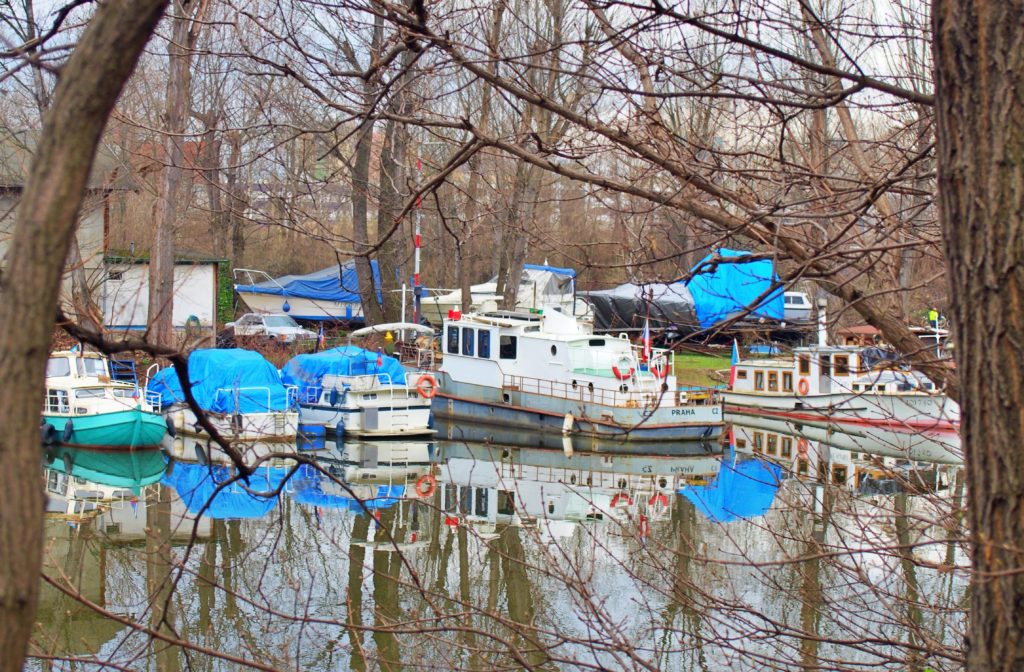
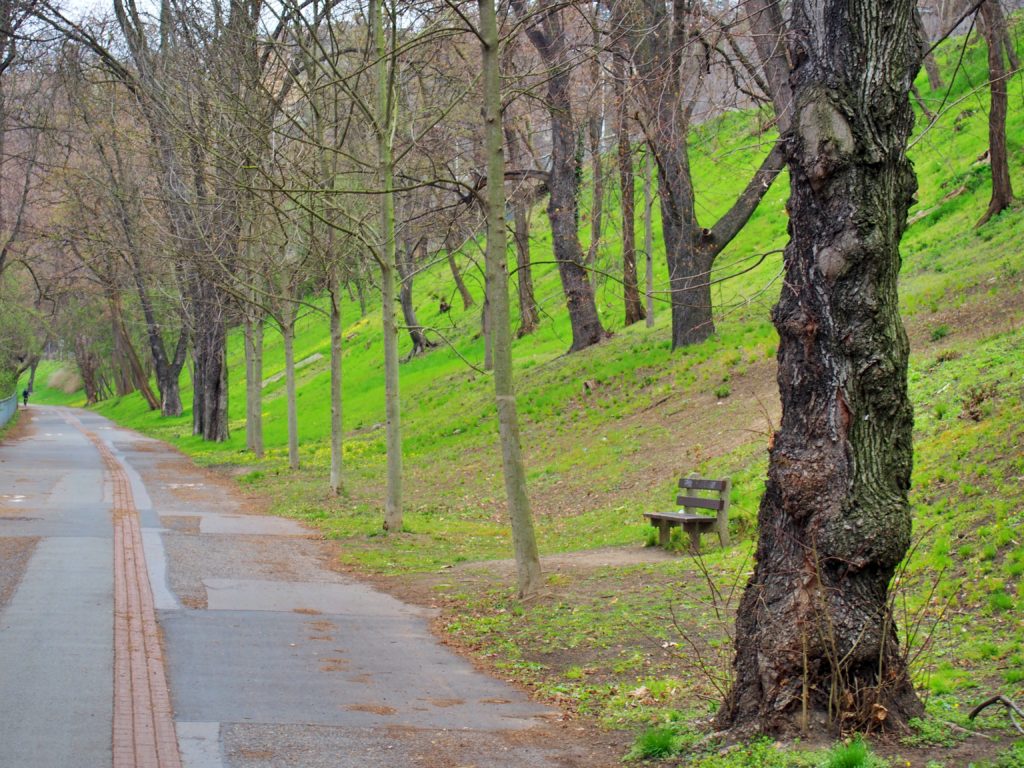
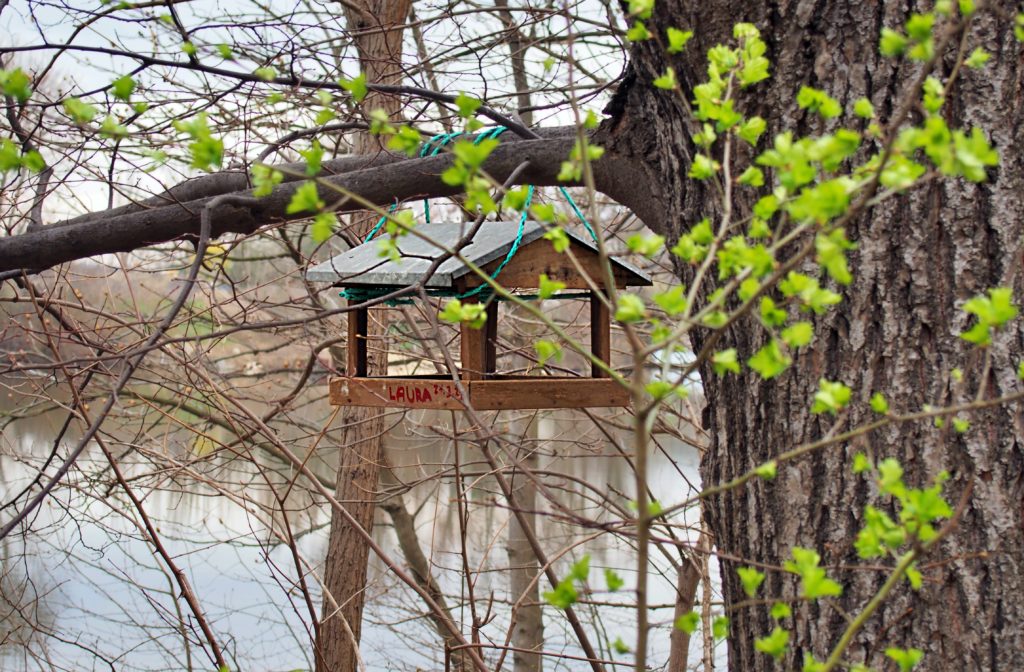
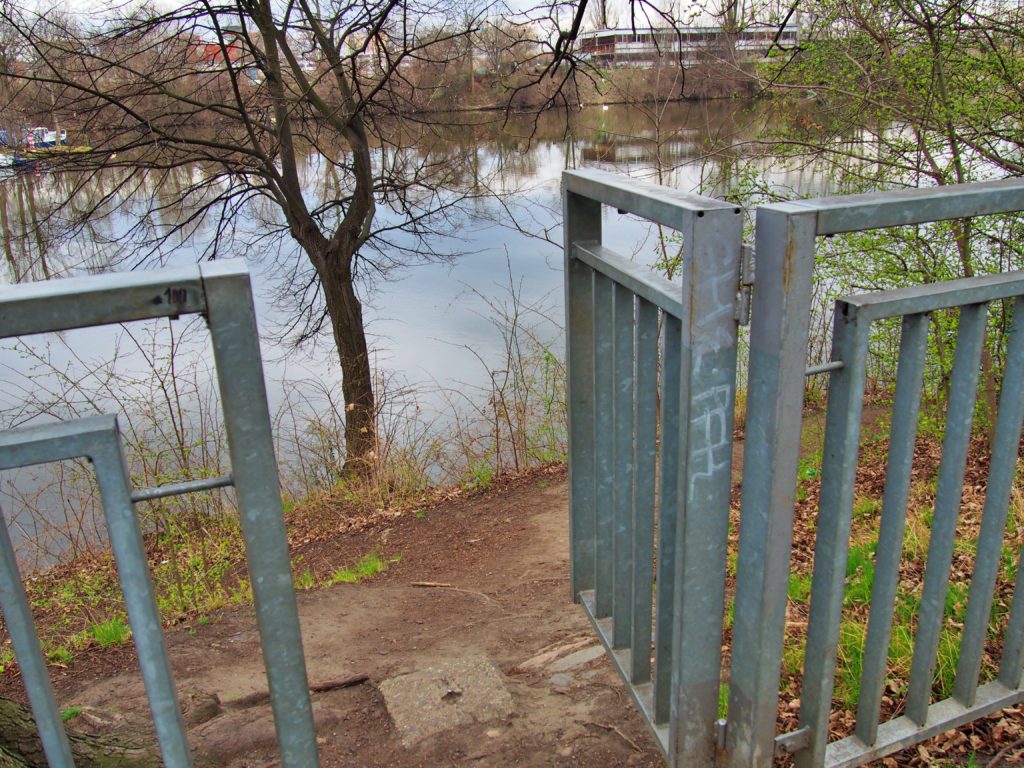
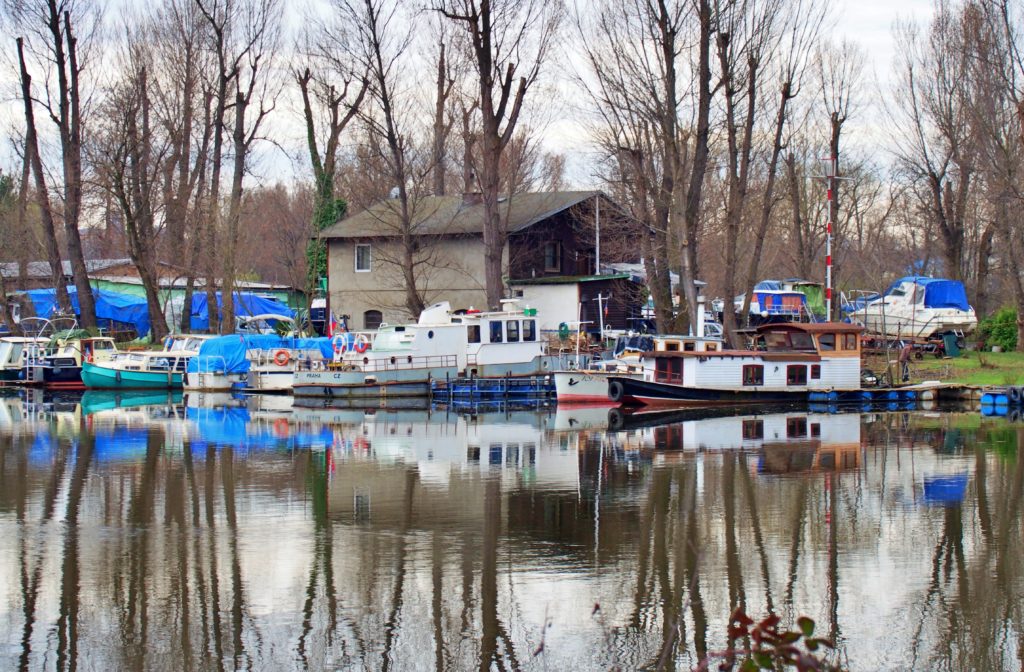
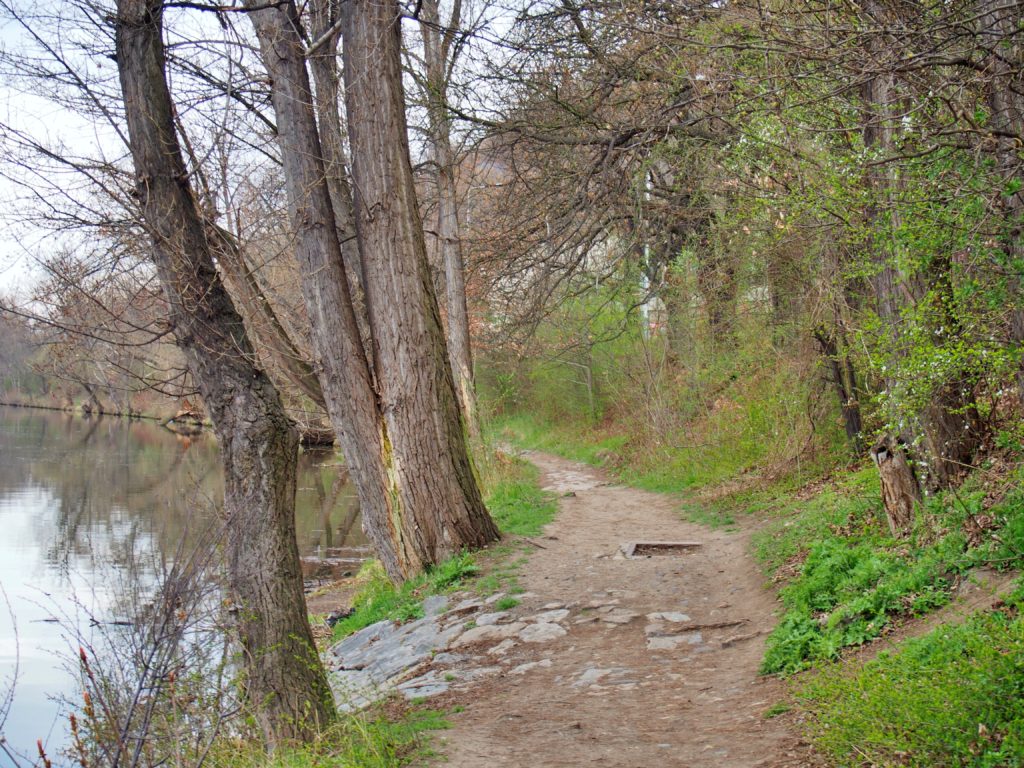

NAVIGATION CHANEL
The slalom canal is definitely worth noting. This Vltava sports ground is designed for water slalom and rafting. And if you are lucky, you will meet a canoeist, rafter or paramedic during training.
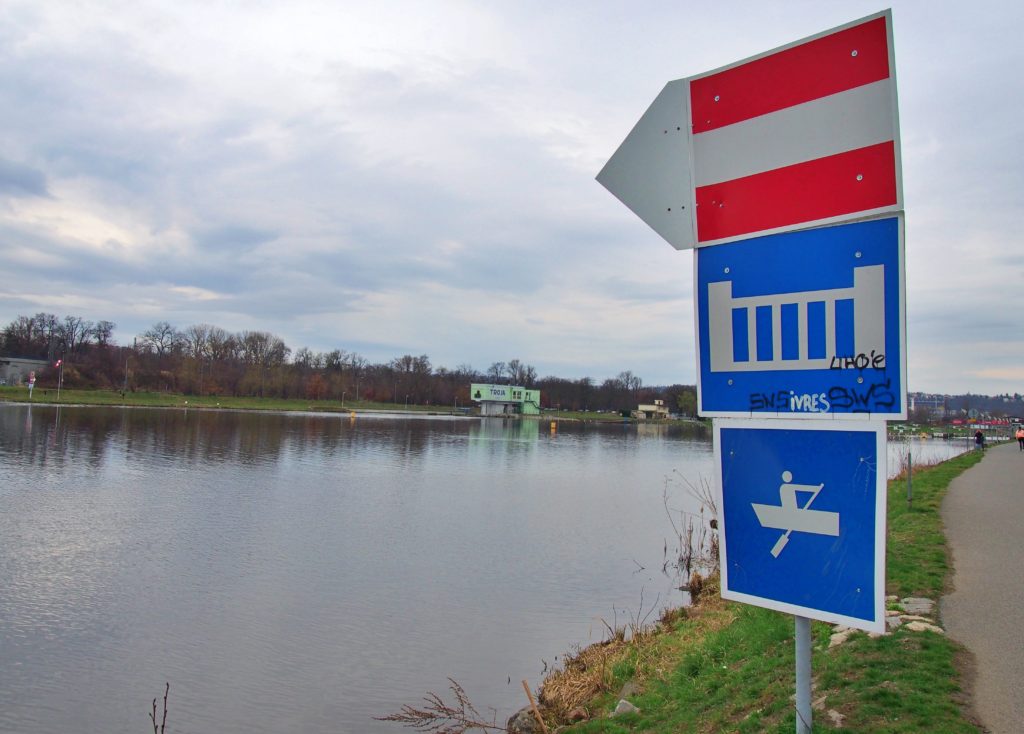


TROJA
Along the river you will reach Troja at a slow pace. It is definitely worth mentioning the Troja chateau, which was built in the 17th century as a resort for Count V. Vojtěch of Šternberk. The chateau also included a vineyard and the chapel of St. Clare, which is now part of the Botanical Garden. The Gallery of the Capital City of Prague organizes seasonal exhibitions here every year from April to October.

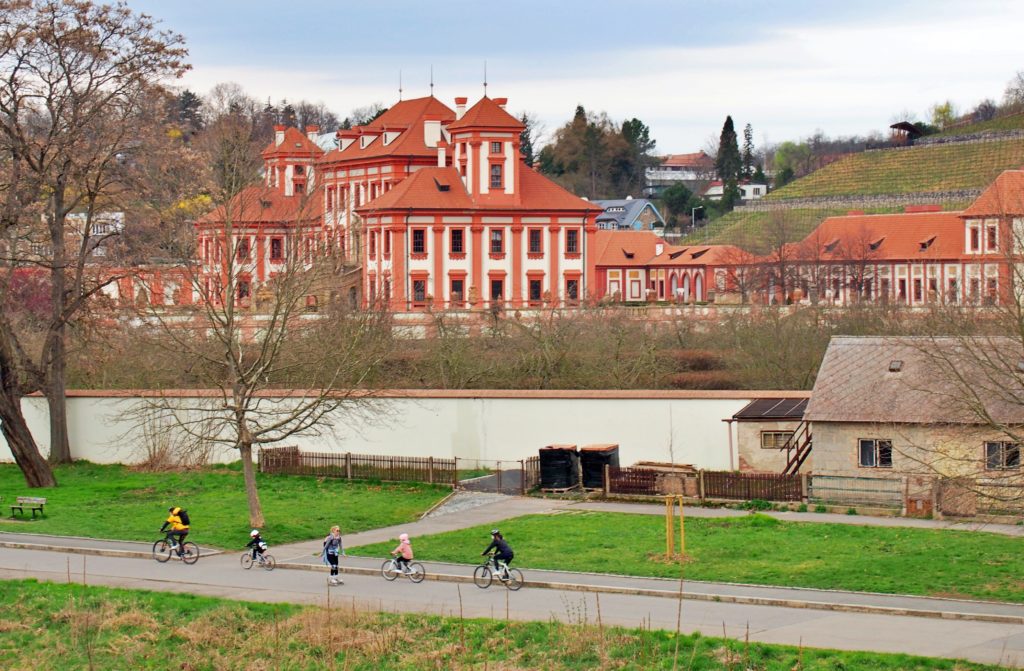
CÍSAŘSKÝ OSTROV (IMPERIAL ISLAND)
Further along the bridge you will cross the Vltava to Císařský ostrov. The island is one of the largest islands in Prague. There used to be a rich social life on the island in cruise restaurants or a gardening colony. However, the construction of a wastewater treatment plant in the 1960s caused the island to decline as a recreational site, which is sincerely a pity. And why imperial? The island was donated by the Czech estates to the personal property of Emperor Rudolf II.
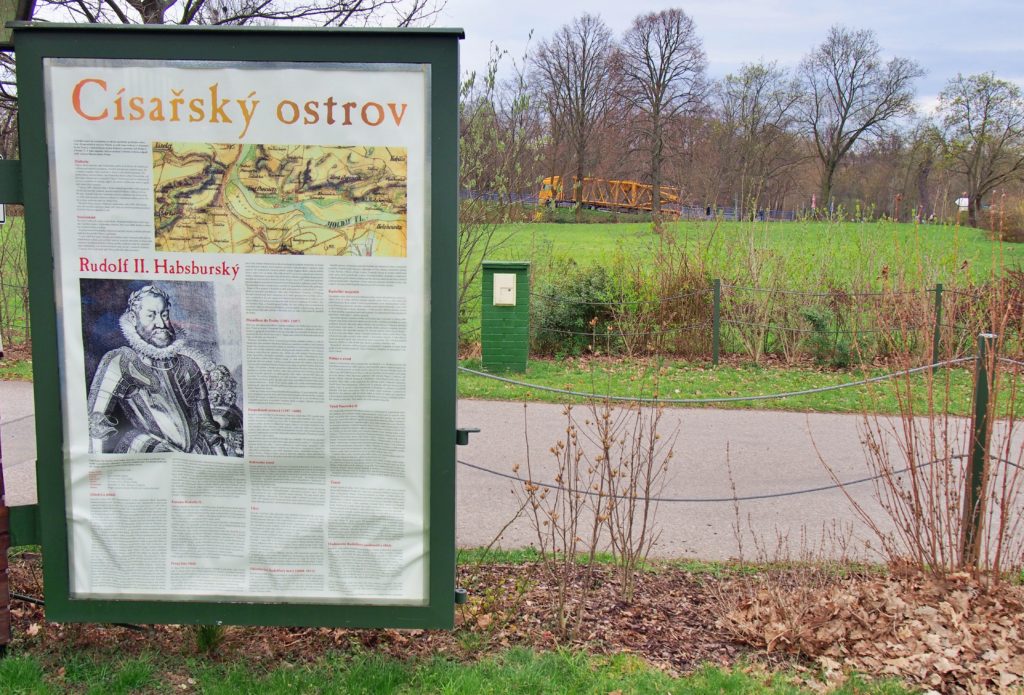
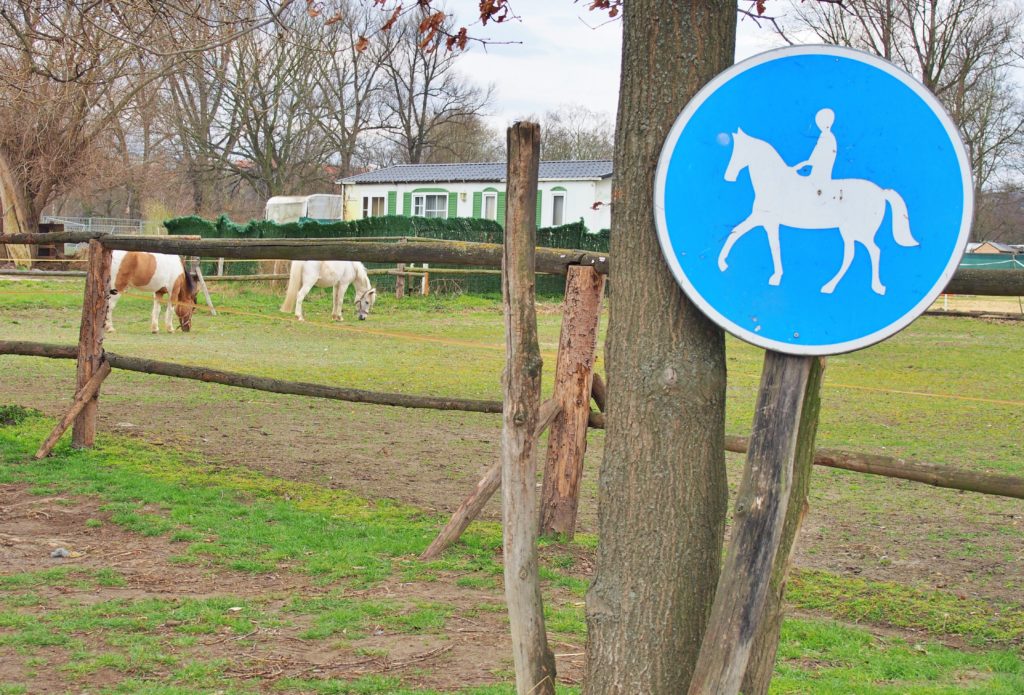
Today, the island connects Troja with Stromovka.

ROYAL DEER- PARK -STROMOVKA
It is believed that the Royal Game Preserve was founded by King Přemysl Otakar II in the 13th century. In the 15th century, a royal hunting lodge was built on the southern edge of the preserve for Vladislav Jagiellon, later a governor’s lodge. Many exotic trees and garden cultivars were planted in the preserve, making the Royal Preserve an important arboretum. Once you have walked through the entire Stromovka, you will reach Letná.
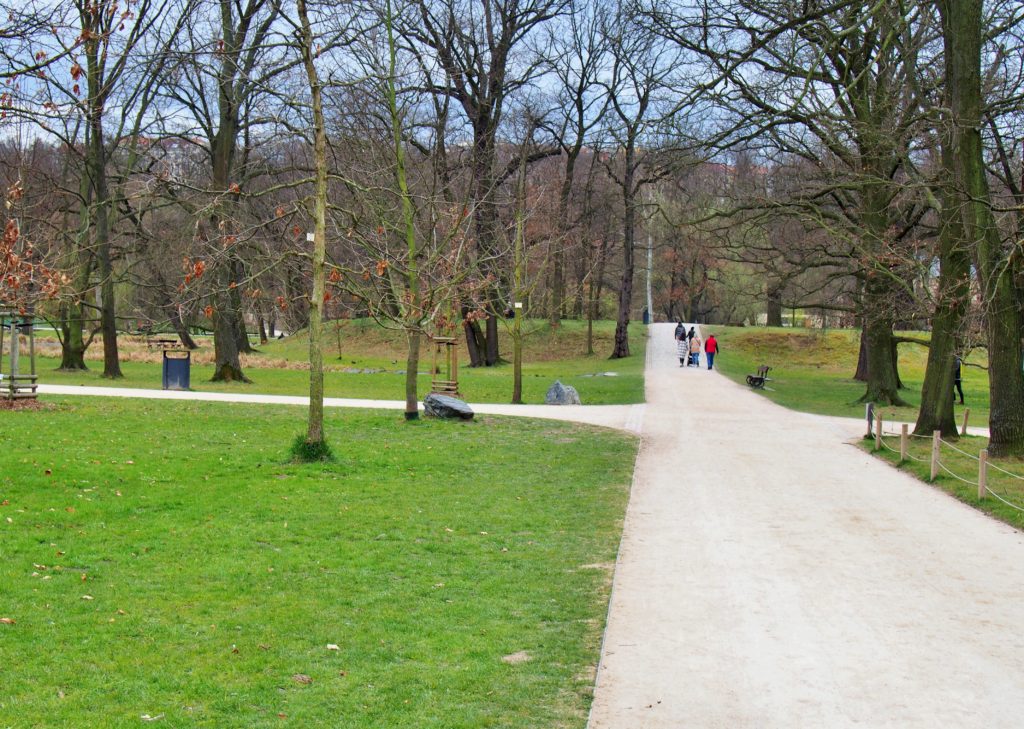
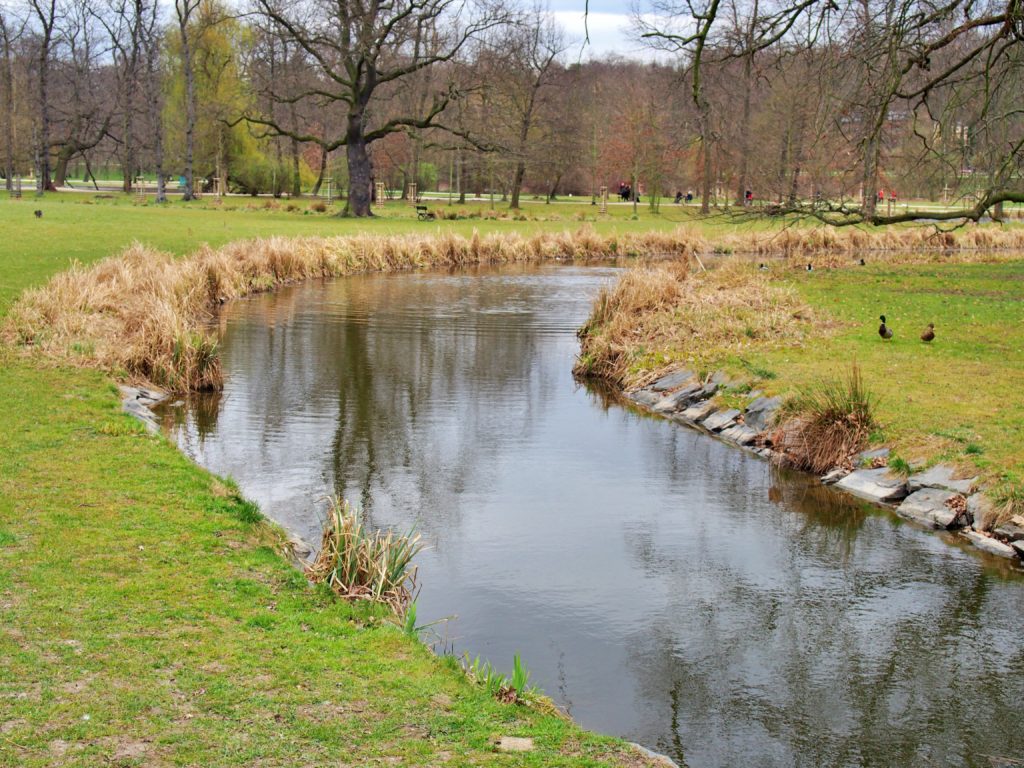
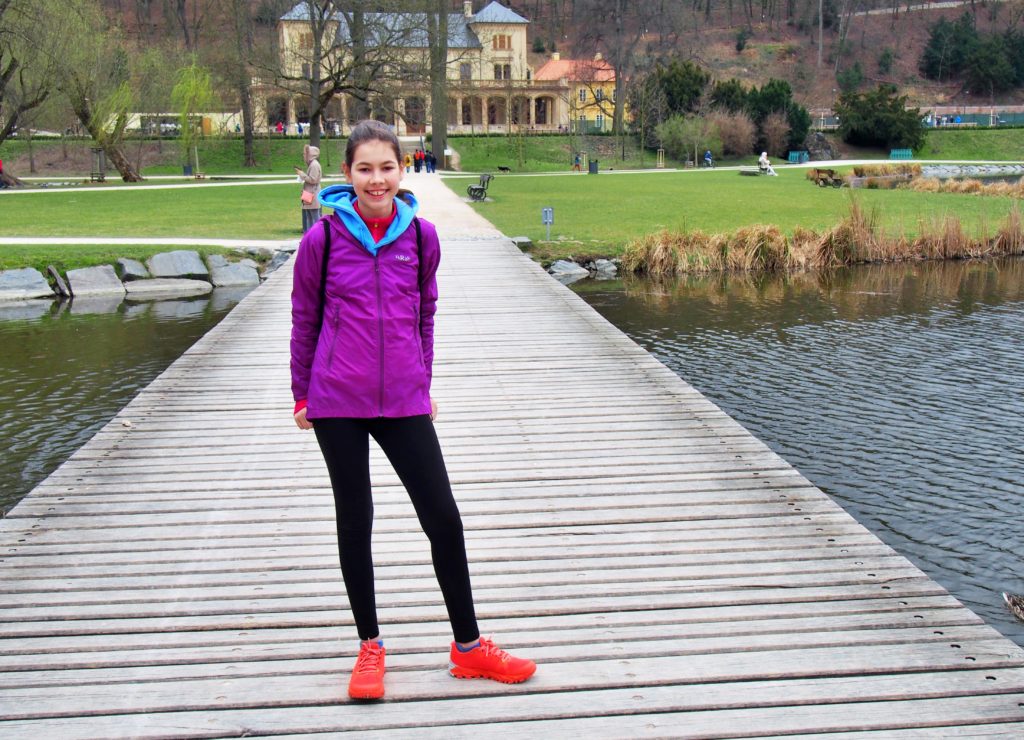
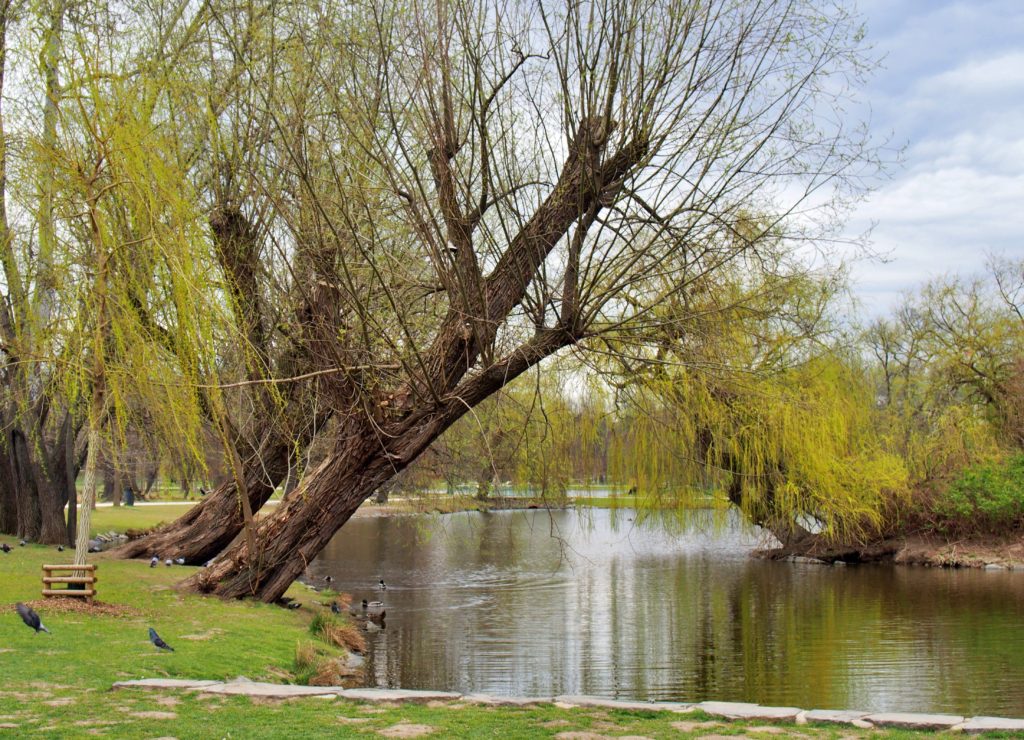
LETNÁ
This district and the hill above the Vltava is called the Letna Plain. In the past, military parades, demonstrations, May Day parades, as well as protest demonstrations took place here. Probably the most significant was on a freezing Saturday and Sunday, November 25 and 26, 1989. Almost 800,000 people gathered here, and these days became a turning point in the Velvet Revolution. There is a really beautiful view of the city on the Letná Plain, which is at your feet.
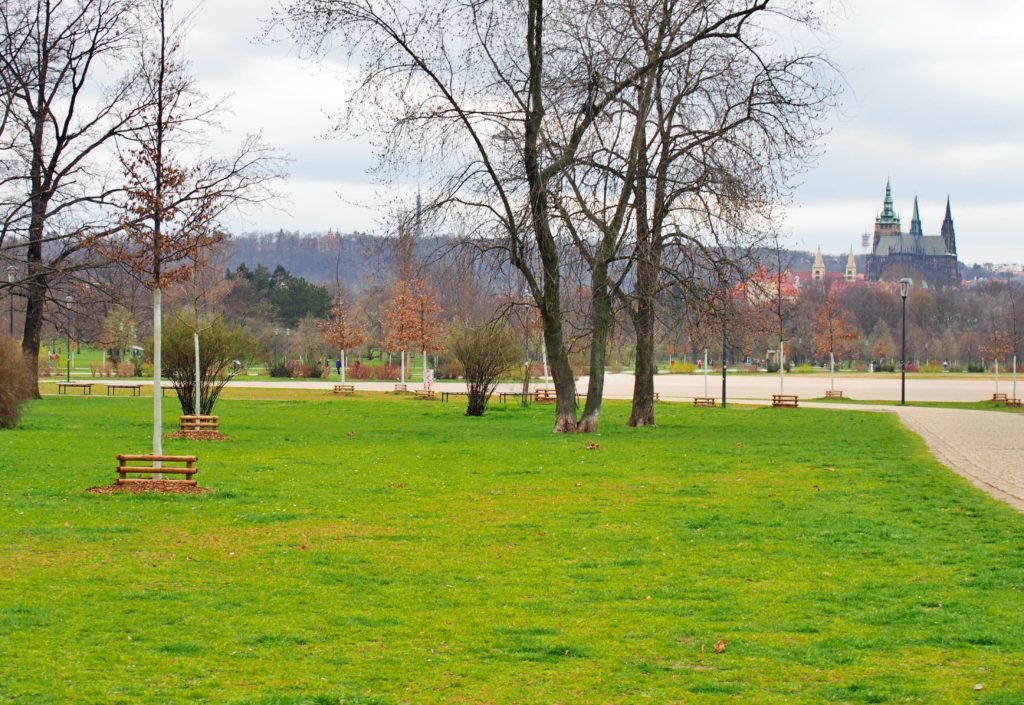

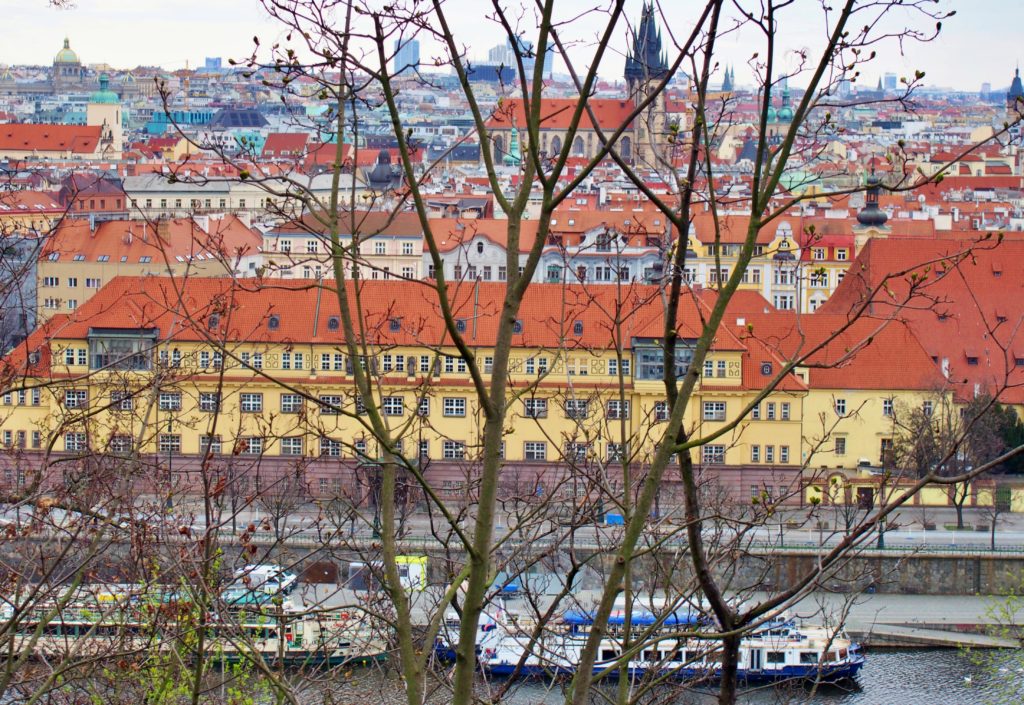
OLD TOWN
From Letná you can get to the Old Town via Štefánik Bridge. And you’re almost within reach.
ST. AGNES MONASTERY
Anežská Street will take you to the St. Agnes Monastery (also called the František Monastery). It was founded by Anežka Přemyslovna, daughter of Přemysl Otakar I, with King Wenceslas I on the site of a former hospital. Agnes joined the order at the age of 24 and financed the monastery with her dowry. She also became his first abbess. Agnes is the only woman who also founded the masculine order (Crusaders with a Red Star). Since her death, Agnes has been revered as a saint. However, her canonization was requested in vain for 700 years. The monastery is a unique Gothic monument and today the monastery houses one of the expositions of the National Gallery in Prague.
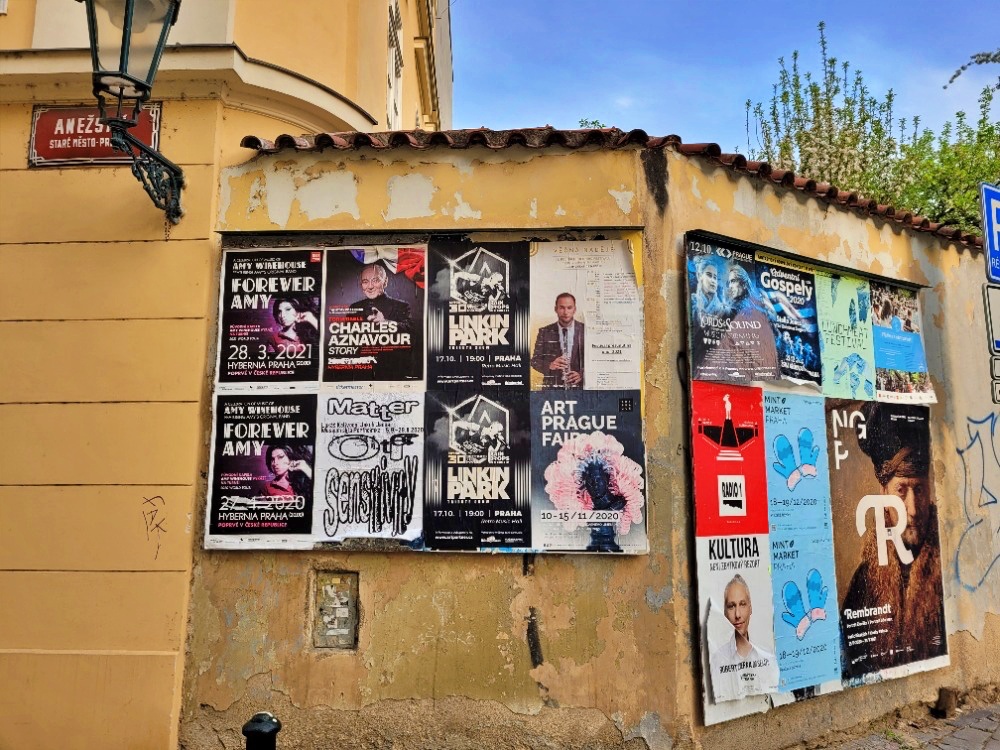
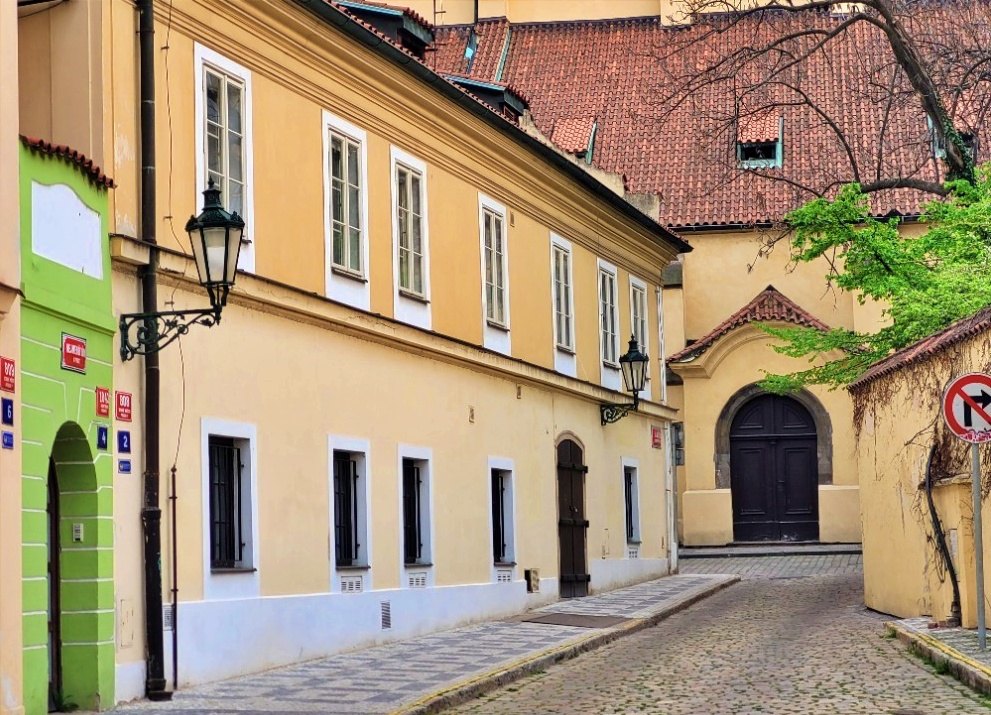
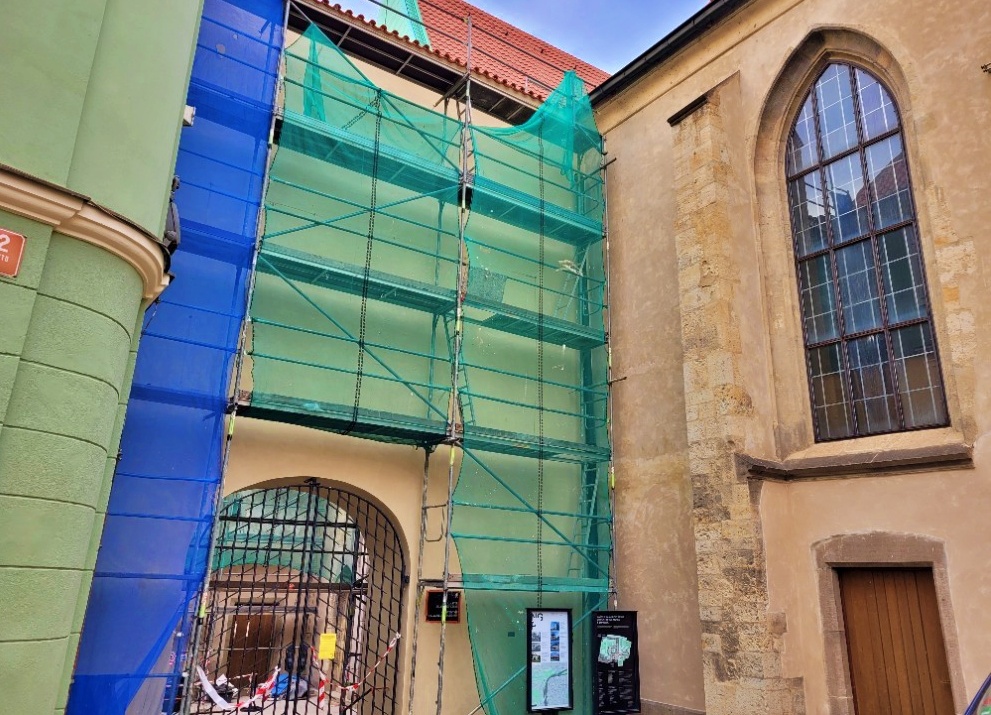

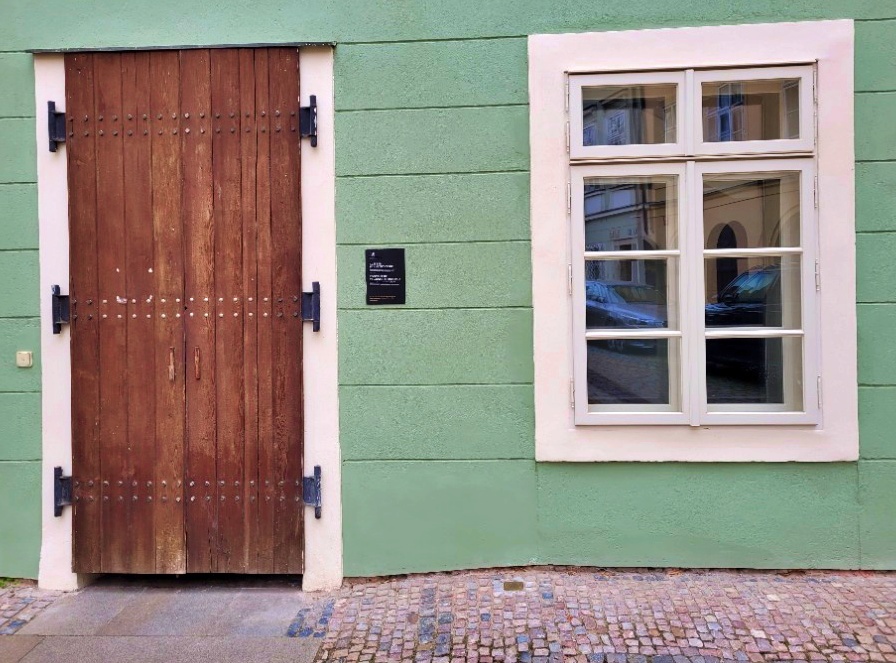

At the house in Anežská Street, notice the protective bollard. Such bollards served against damage to the corners of houses and entrances to houses and courtyards in narrow streets.
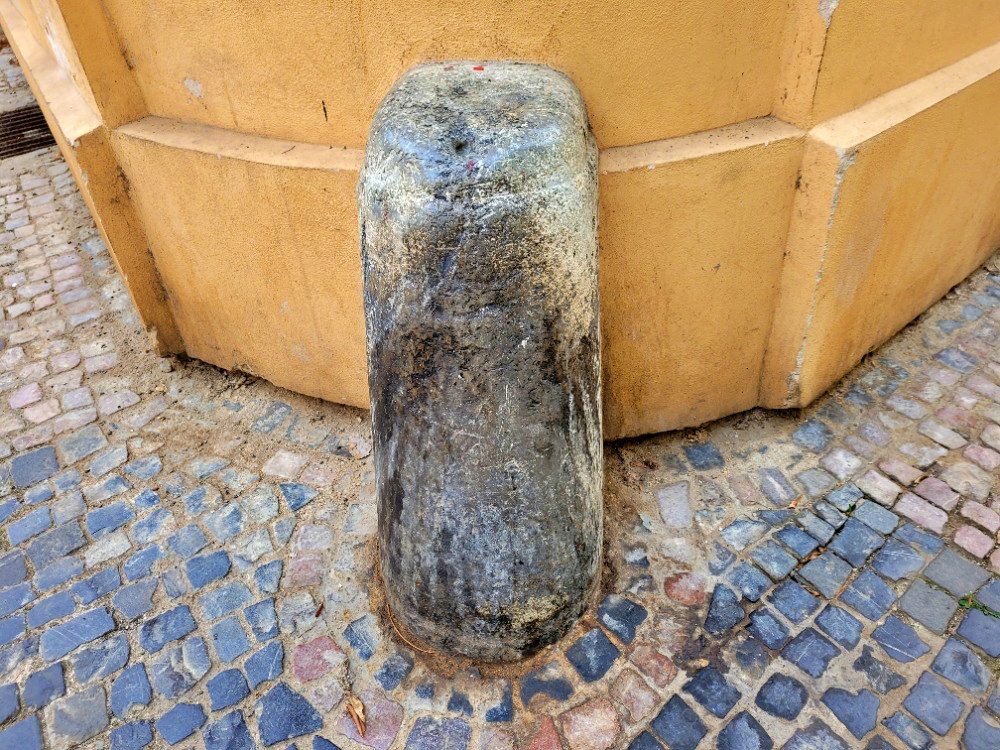
HOUSE IN THE SMALL HOUSE – no. 813
The House in the Small House is located in Anežská Street and is sometimes called „At God’s eye„. The first mention of the house comes from 1588. It was destroyed by fire and so the original is now only a cellar. Today it is a cultural monument of the Czech Republic as part of the St. Agnes Monastery.
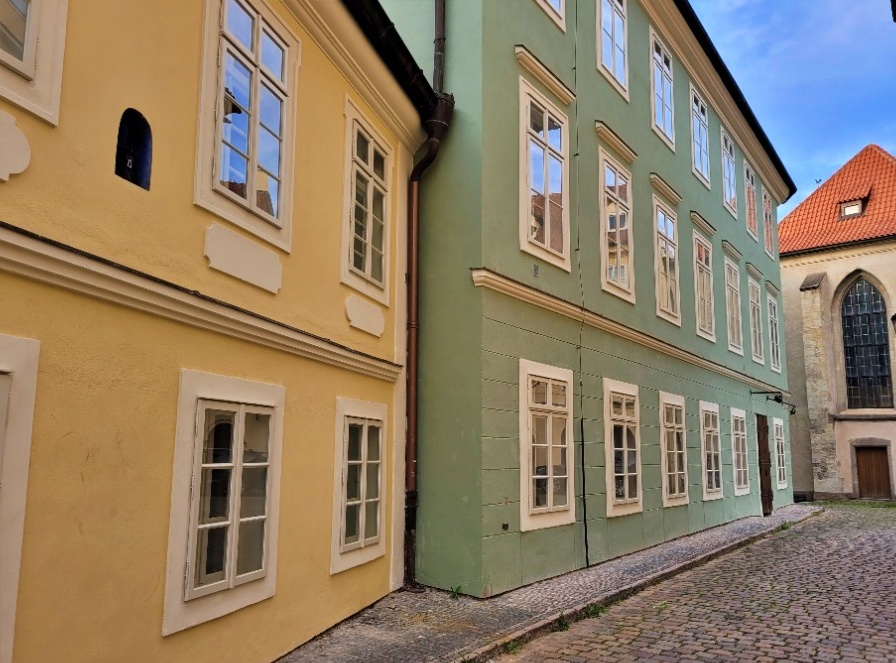

THE SMALLEST HOUSE IN PRAGUE
A few steps from the St. Agnes Monastery is the „Smallest house in Prague„, house No. 1043. It measures 2.25 meters. The architect of the house is Josef Liebel. Previously, this house functioned as a brothel for about 40 years, until 1922. The house built the original narrow street, which used to enter the courtyard of the house U Křikavů in Řásnovka. It was not until the 19th century that the passage was transformed into a living room. The house is now a listed building.


HASTAL SQUARE
You continue through Řásnovka through Hastal square. This square is dominated by the church of the same name of St. Hastal with a rich history. Maybe, like me, you wonder where the adventures of the Fast Arrows probably took place? It is said that the writer Jaroslav Foglar placed them right here – in the Hastal square. The streets are quite empty and you will not find so many tourists here.

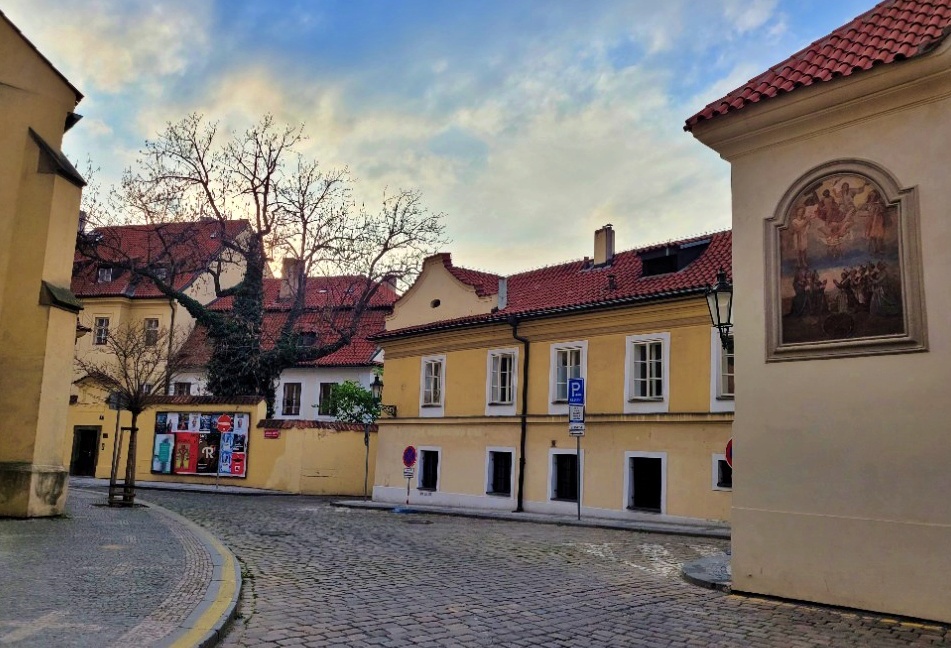
HASTAL OSSUARY
The Hastal Ossuary, later rebuilt into the Chapel of the Holy Trinity, has been in the St. Hastal Cemetery in Prague’s Old Town since the Middle Ages, dating from the High Baroque.
The ossuary stood in the northeast corner of the abolished cemetery near the church of St. Hastala. It was built in 1660 and is clearly influenced by Kilián Ignác Dientzenhofer. In 1712 it was rebuilt into the Chapel of the Holy Trinity. This reconstruction is commemorated by the mural of the Holy Trinity on the southern facade of the building. The cemetery to which the chapel belonged was abolished in 1832. After that, the chapel was rebuilt into a residential building. The building still serves this purpose today.
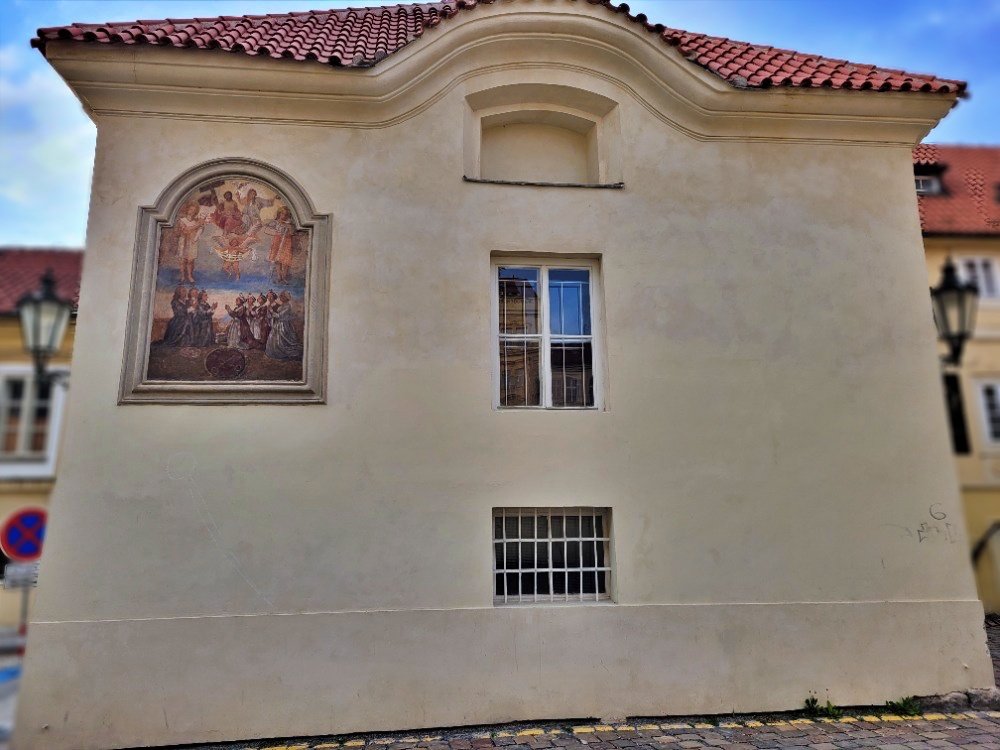
STREET VE STÍNADLECH
And while you’re here, take a look at Ve Stínadlech Street. It was once a nameless street, and the name may suggest that here somewhere in a remote corner of the Old Town near the St. Agnes Monastery, the Vontas may have solved the mystery of the puzzle. And so this street was named the Association of Friends of Jaroslav Foglar and the City Hall of Prague 1 on the basis of the results of a survey of local residents as Ve Stínadlech Street.
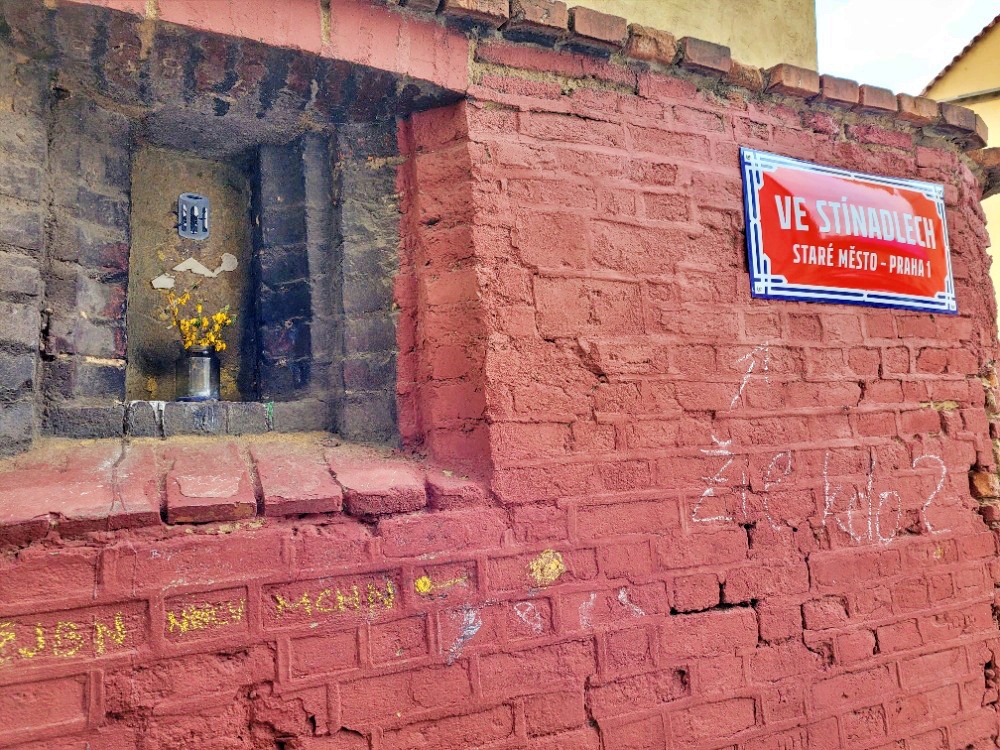
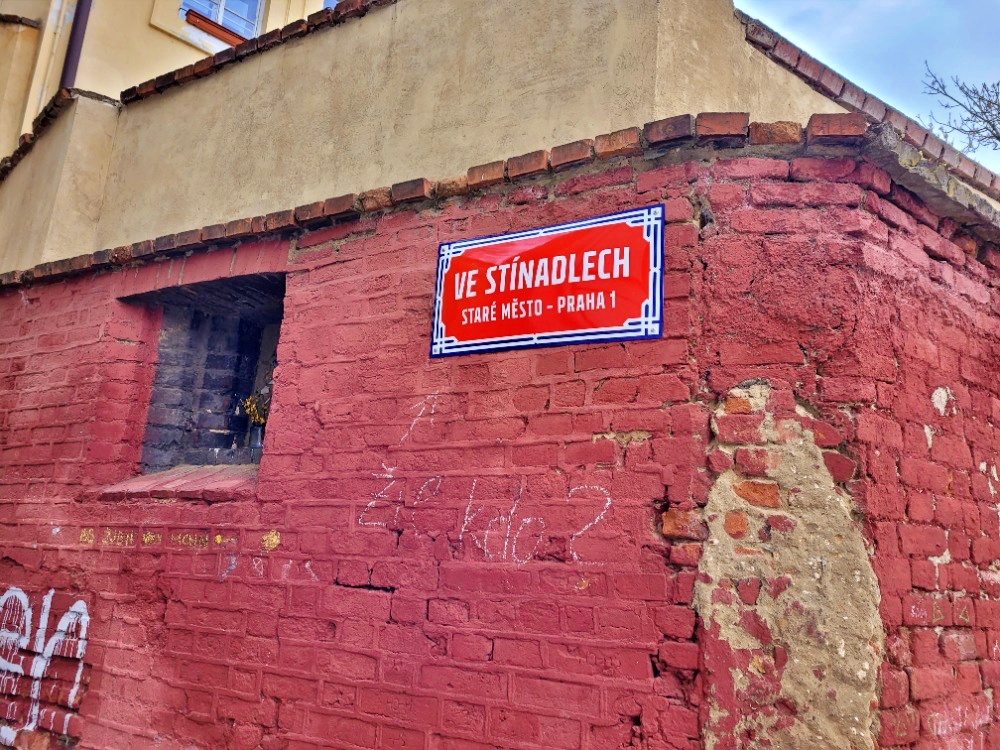
And from there you go along Rybná and Jakubská street to the church of St. Jacob.
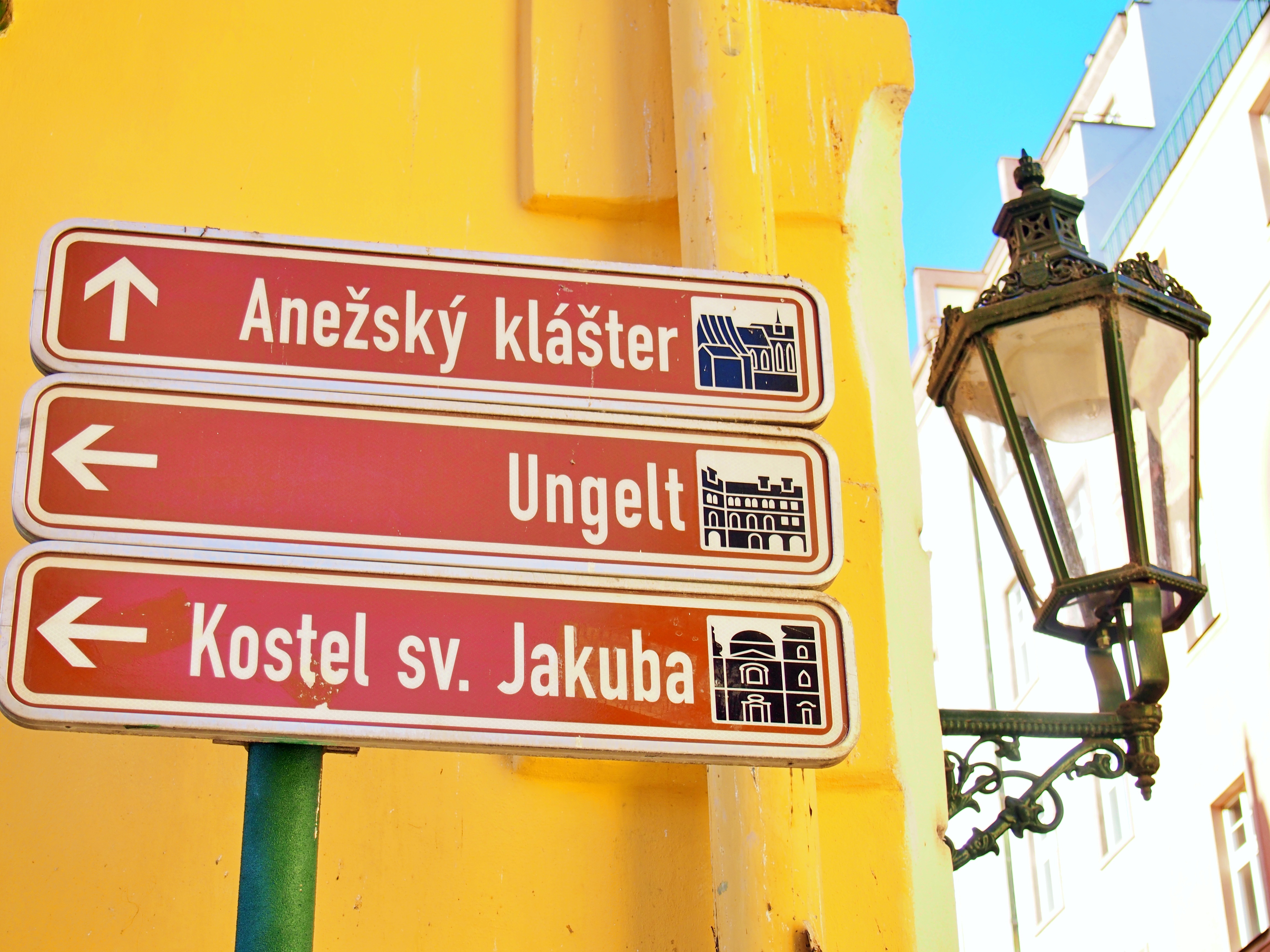
CHURCH OF ST. JACOB
Church and former monastery of St. Jacob was founded by Wenceslas I in 1232. The church has a very nice decorative facade with stucco. The basilica is a bit lost in the streets of the Old Town. But as soon as you enter it, it will amaze you with its beautiful interior and you will definitely be attracted by the beautiful baroque organ cabinet from the workshop of Abraham Starck from Lokte.
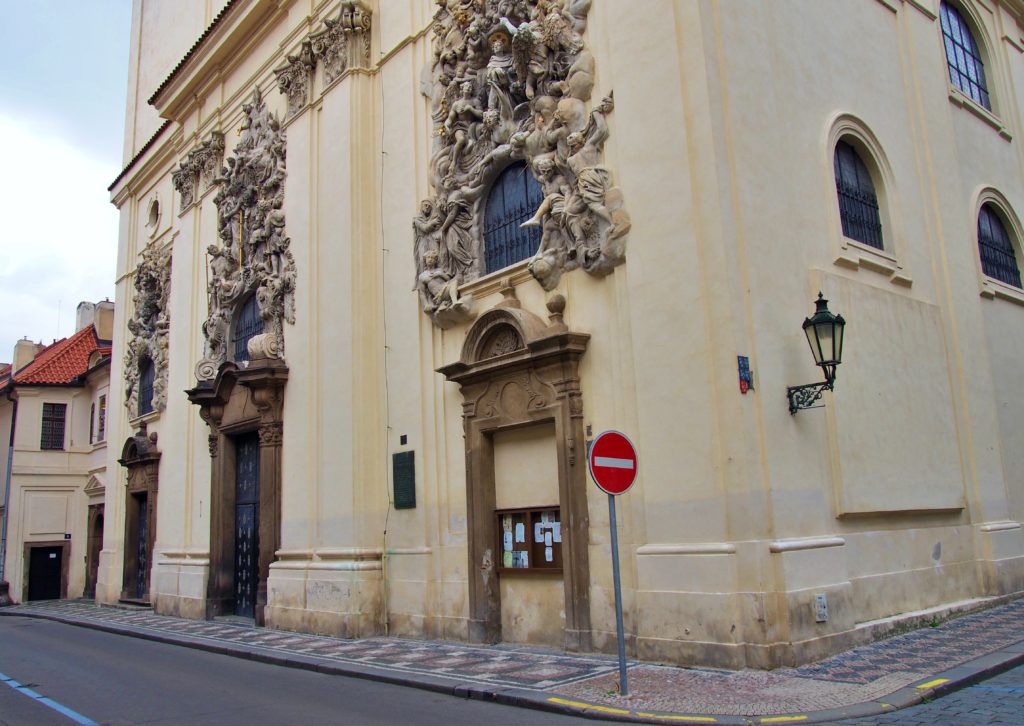
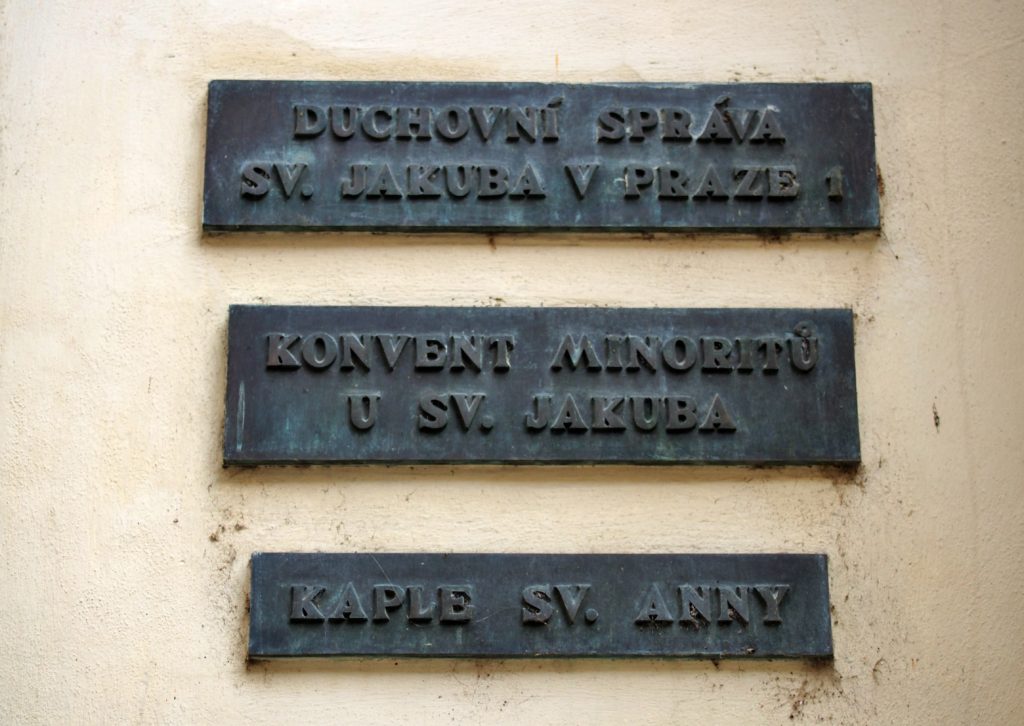
If you have read The Mystery of the Puzzle by Jaroslav Foglar, you may remember the mysterious boy Jan Tleskač, who was a bell tower in this church and died here even under mysterious circumstances. Fast arrows follow in his footsteps. They find themselves in a labyrinth of underground passages, where, according to the author, monks from the 18th and 19th centuries are probably buried. However, lovers of Foglar’s books also admit that it may have been a different church and that the author deliberately wanted to confuse the reader. 🙂 Next to the church is the building of a former minority monastery. The wedding feast of Jan of Luxembourg with Queen Beatrice took place in 1337 in the so-called summer refectory.
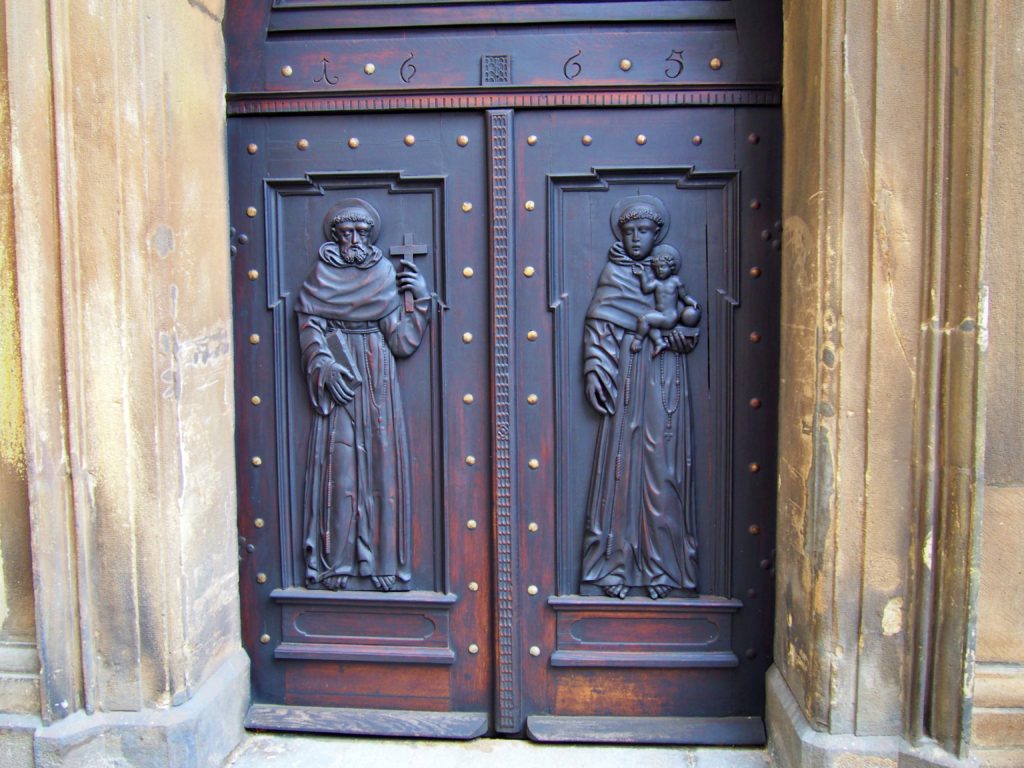
Several old legends are associated with the church. One is about a thief who stayed inside after the service and started stealing happily at night. However, as he reached for the wooden statue of the Virgin Mary, she grabbed his hand. She caught him so tightly that the thief could not free himself and had to wait all night before the surprised priest arrived. However, the thief still could not move, so he had no choice but to cut off his hand. It was decided to hang it at the entrance to the church to remind everyone of one of the Ten Commandments. The thief was disgraced by his deed and his hand hangs in the church to this day.
Map of the St. Jacob’s Route through Prague
If you liked the article, I’ll be happy if you share it or leave a nice comment below the article. 🙂
I would also like to invite you to join me on Instagramu a Facebooku.
But the Way of St. James does not end here. If you followed in my footsteps, you walked about 16 km and it’s worth it, isn’t it? 🙂
You can look forward to its continuation in the next article:

